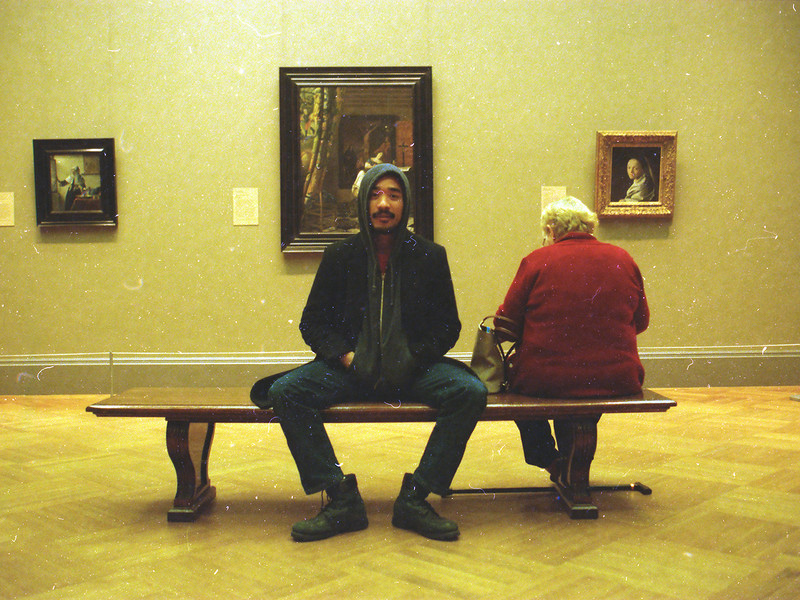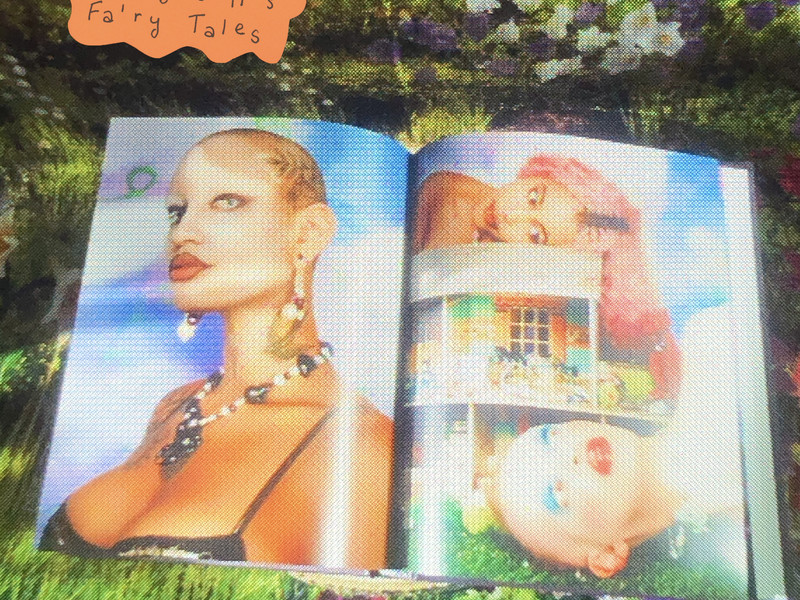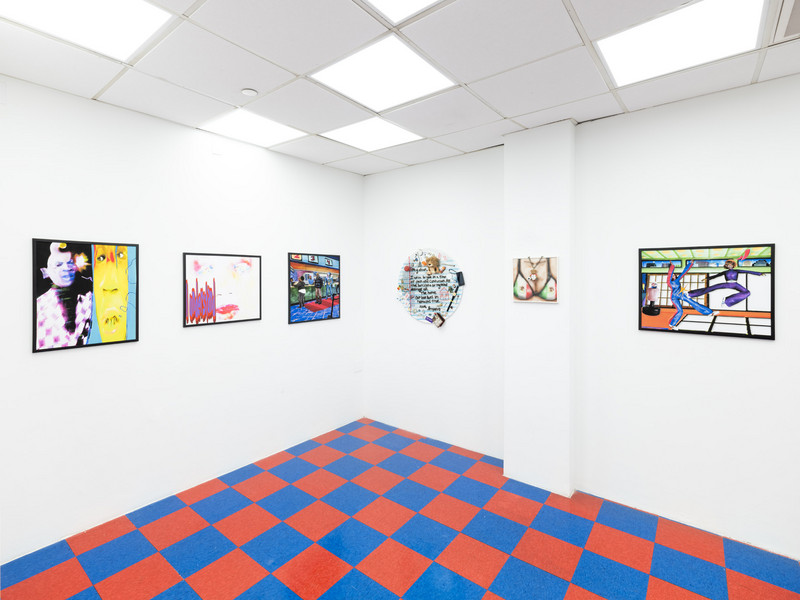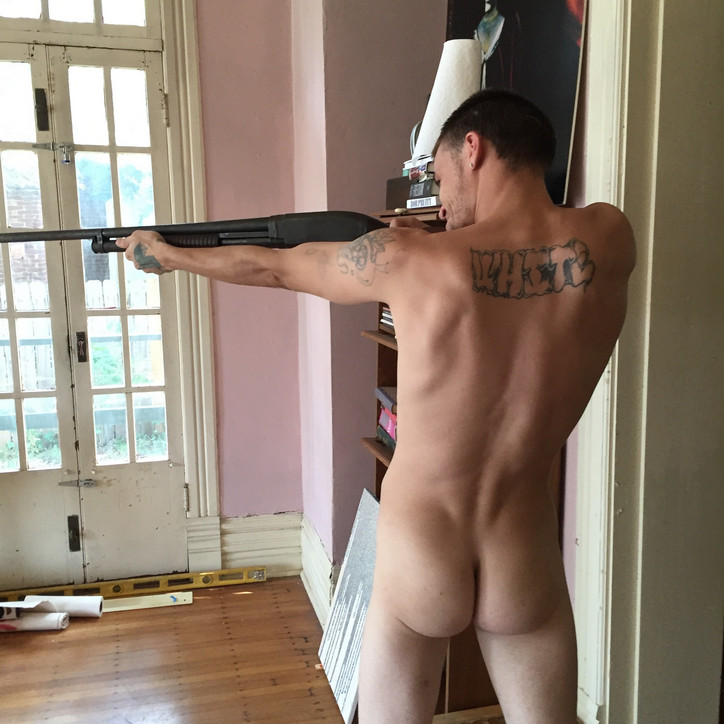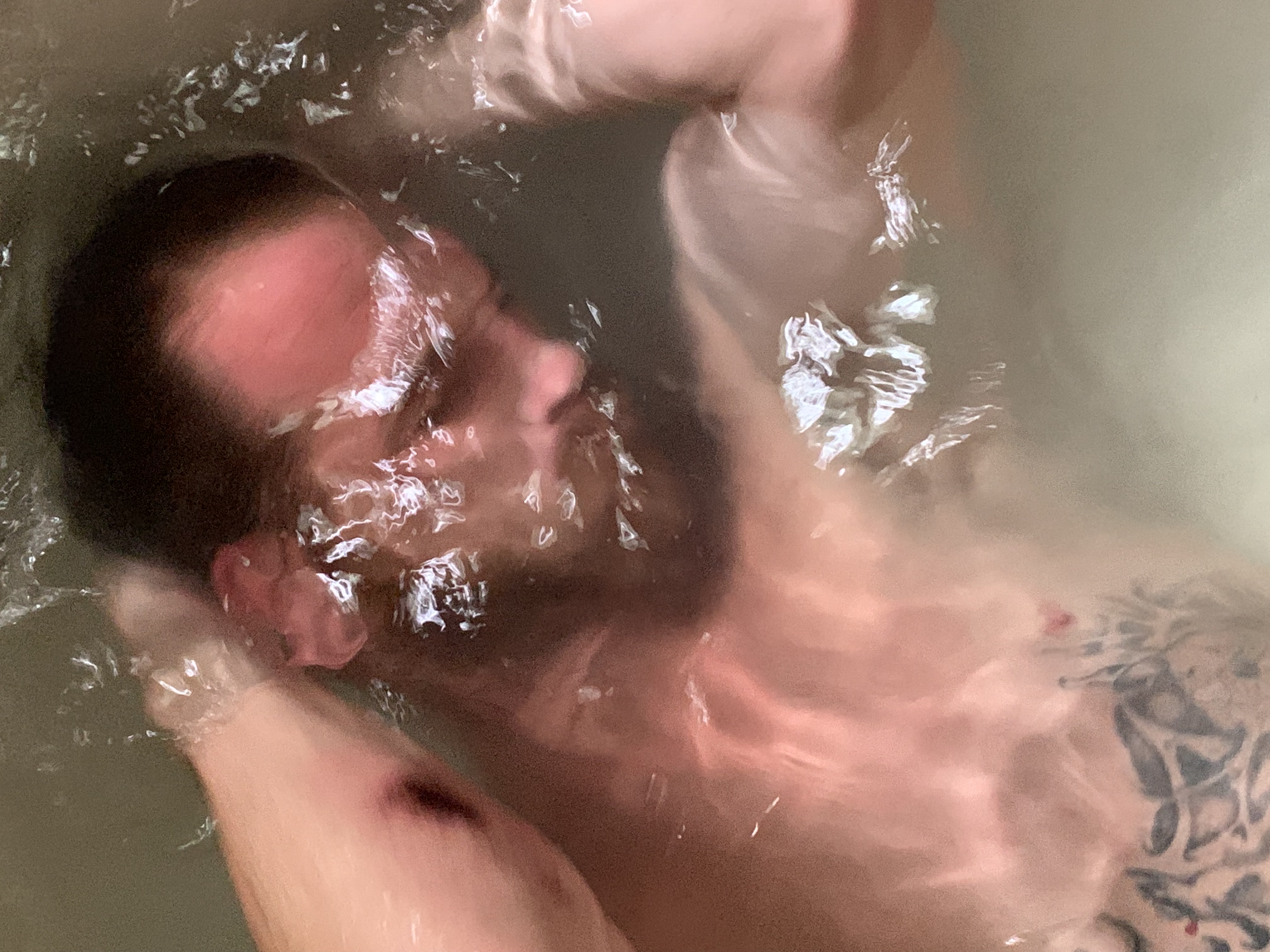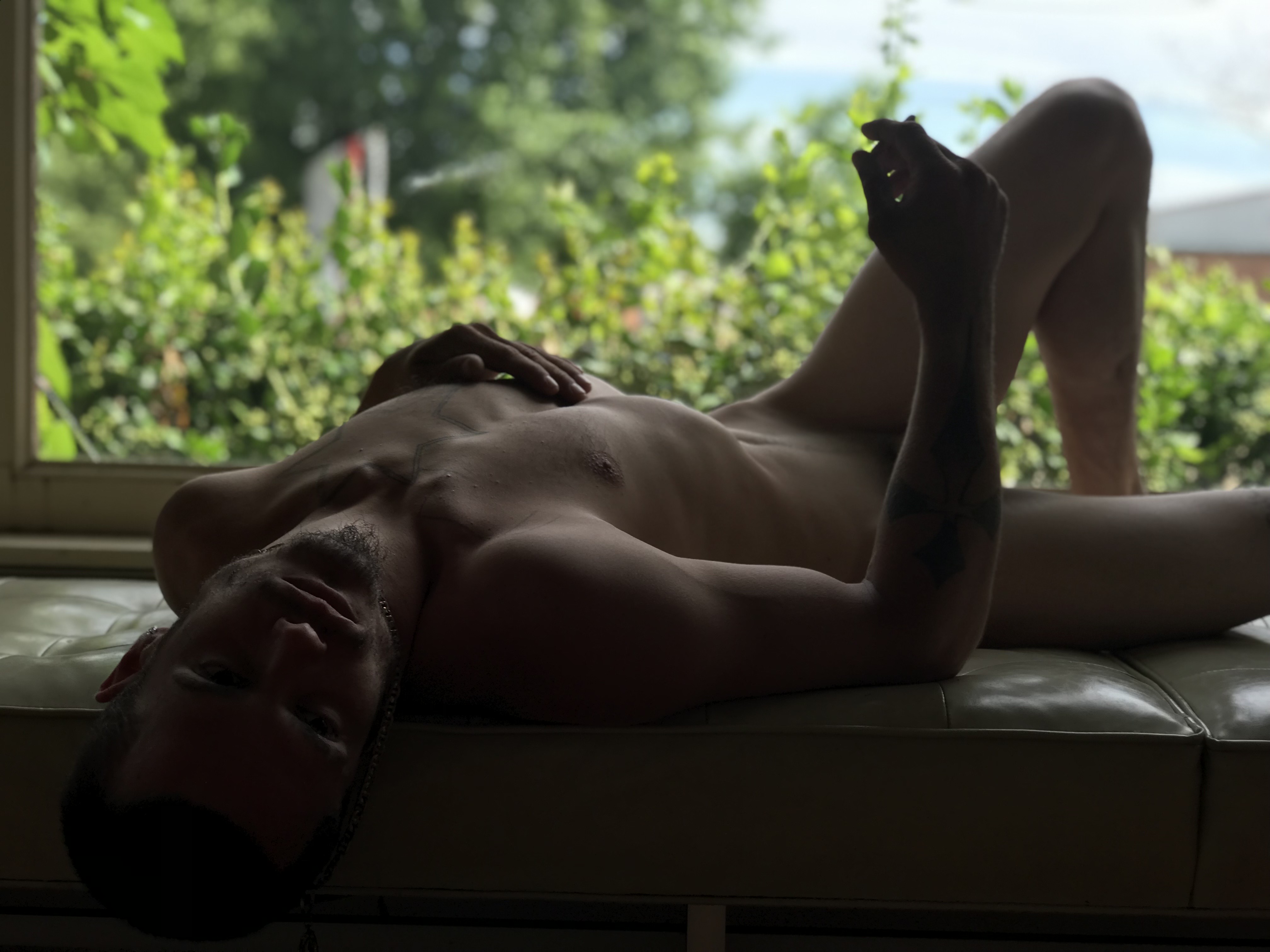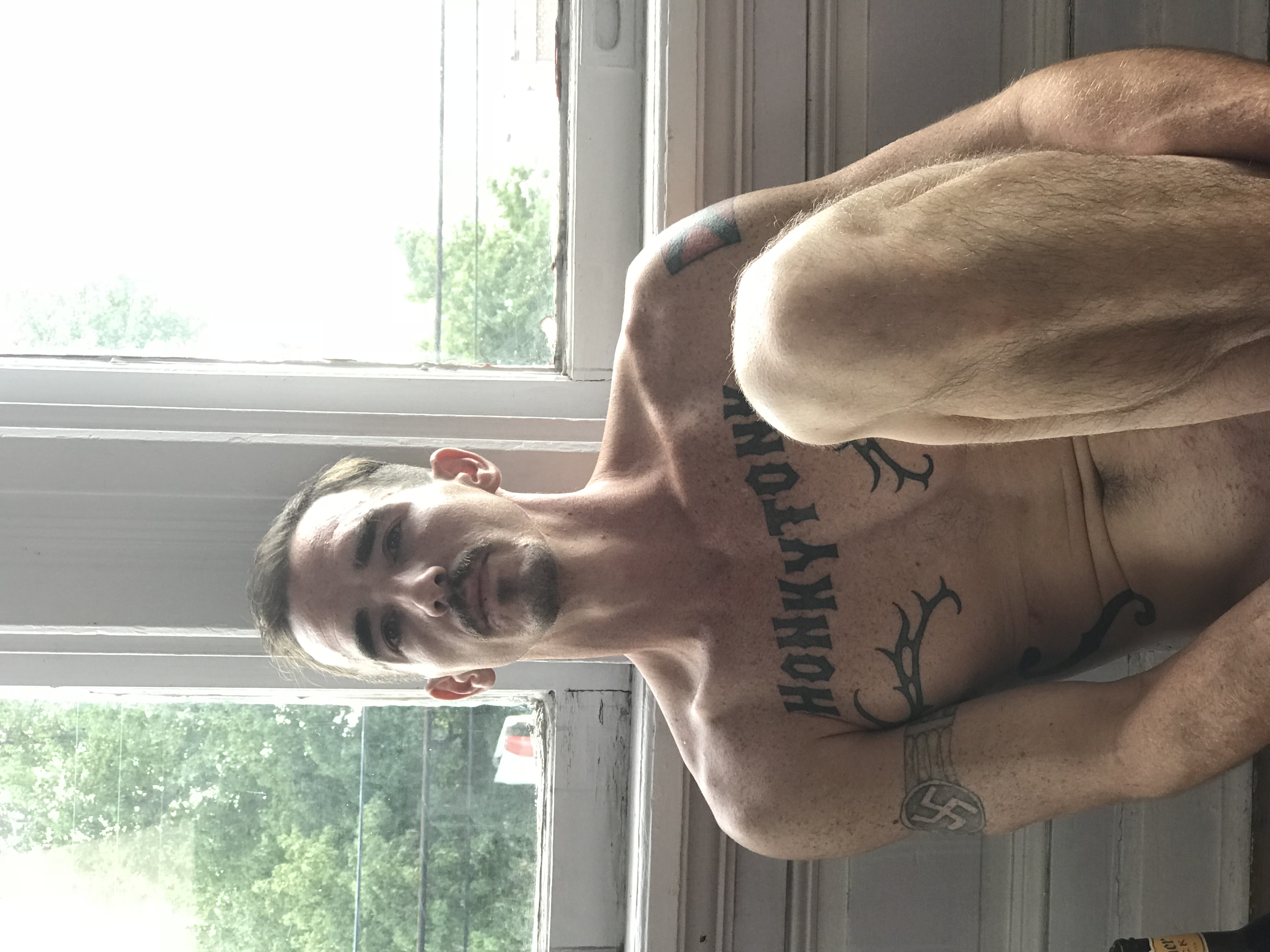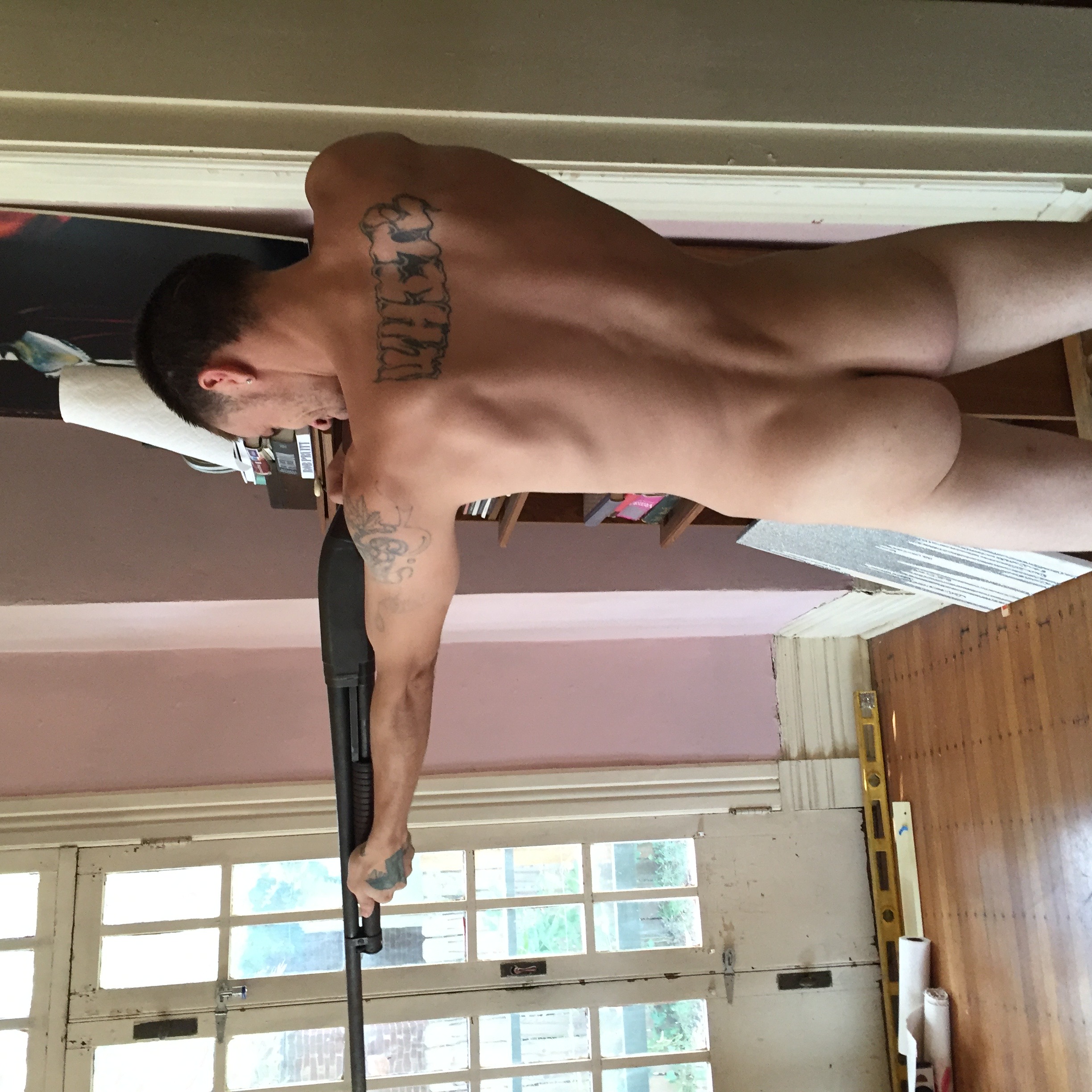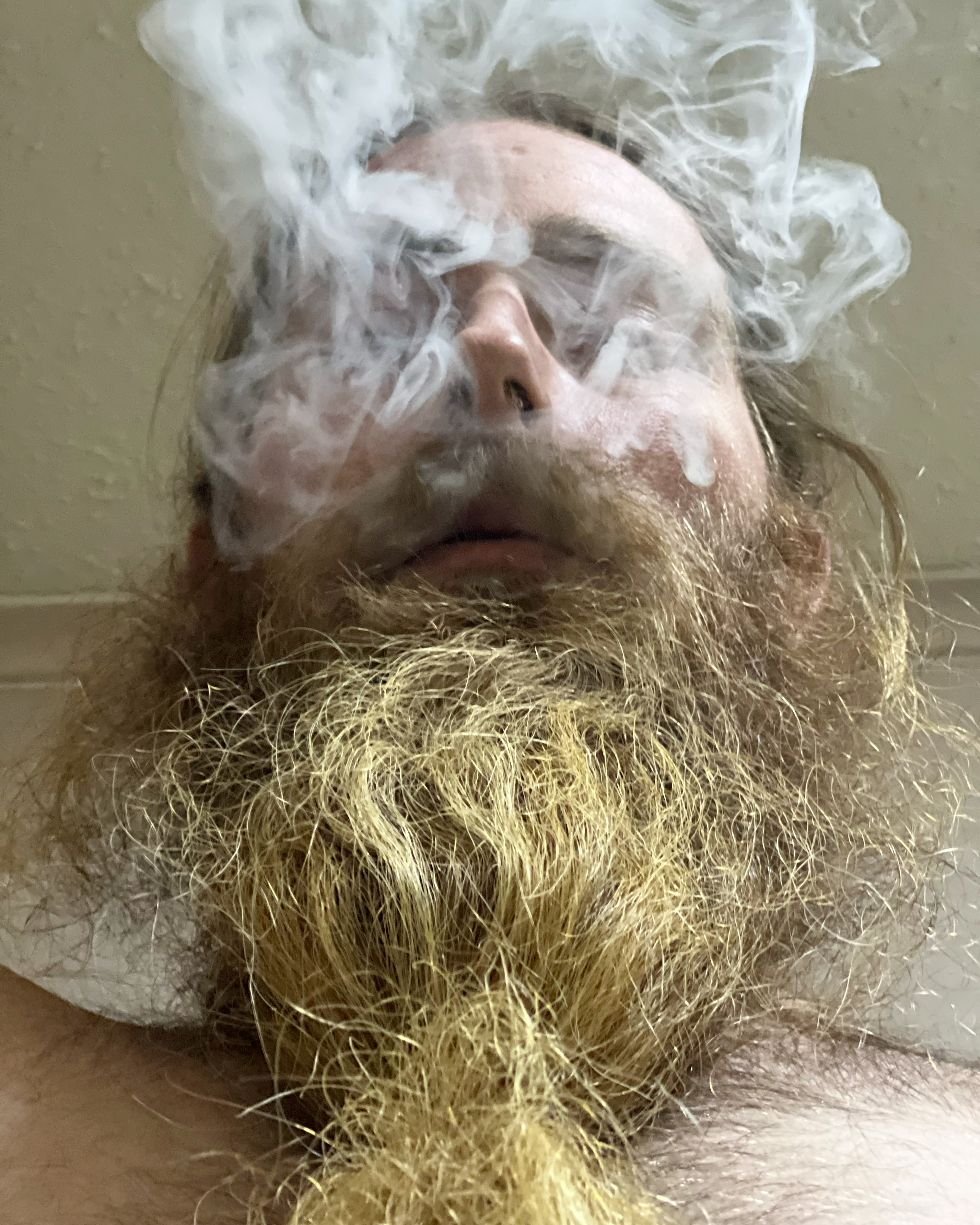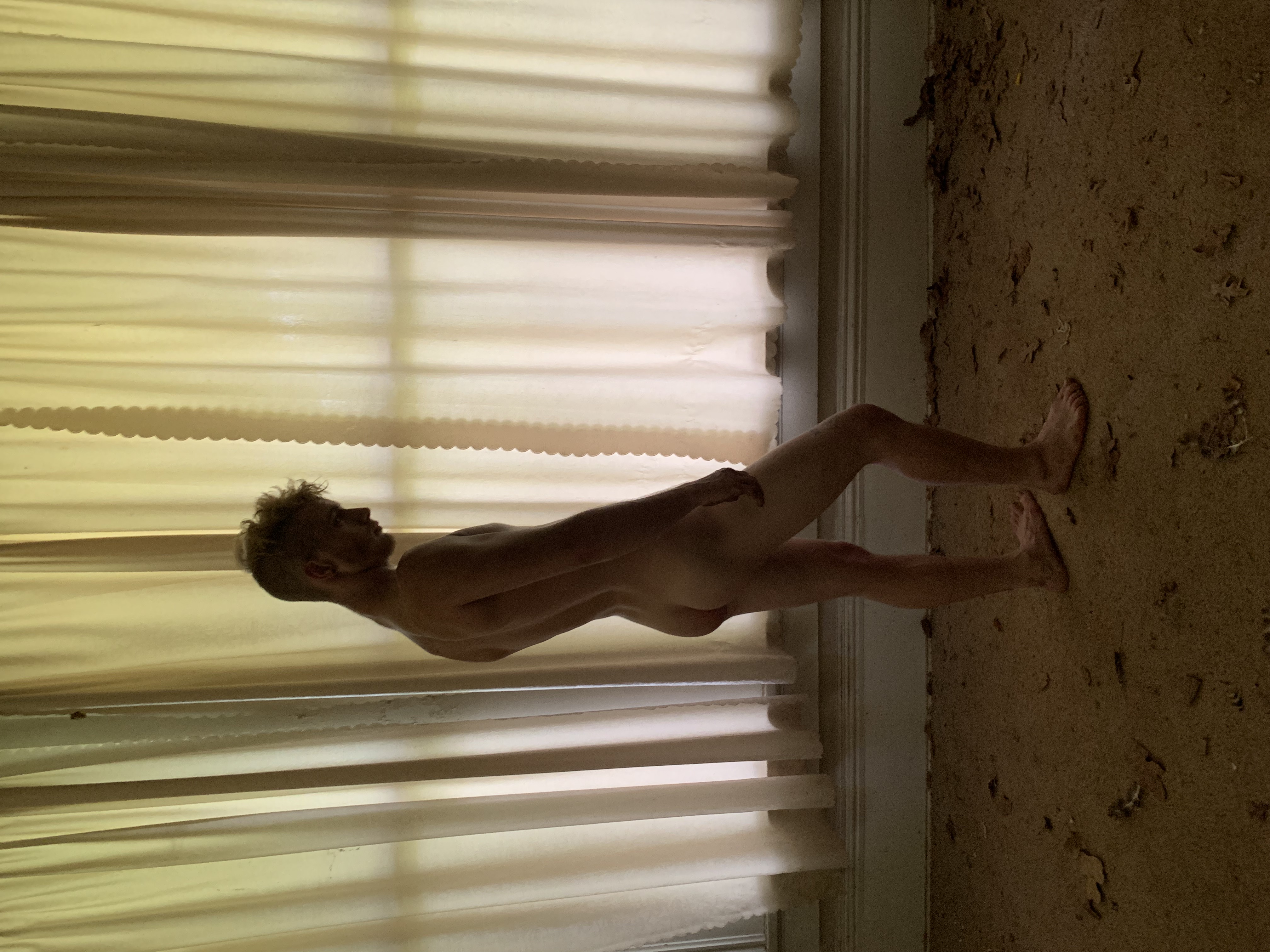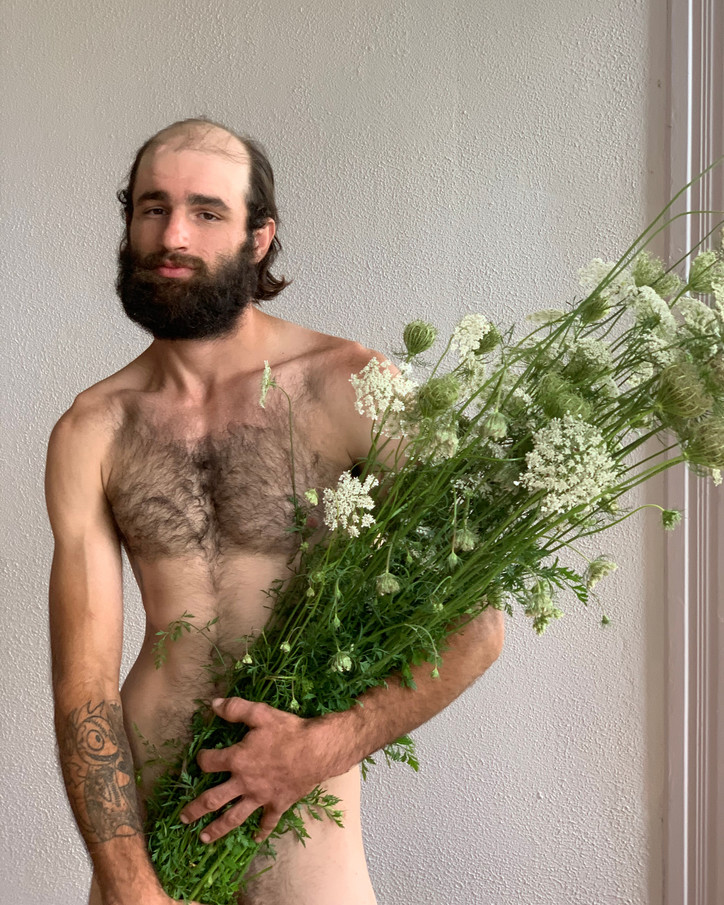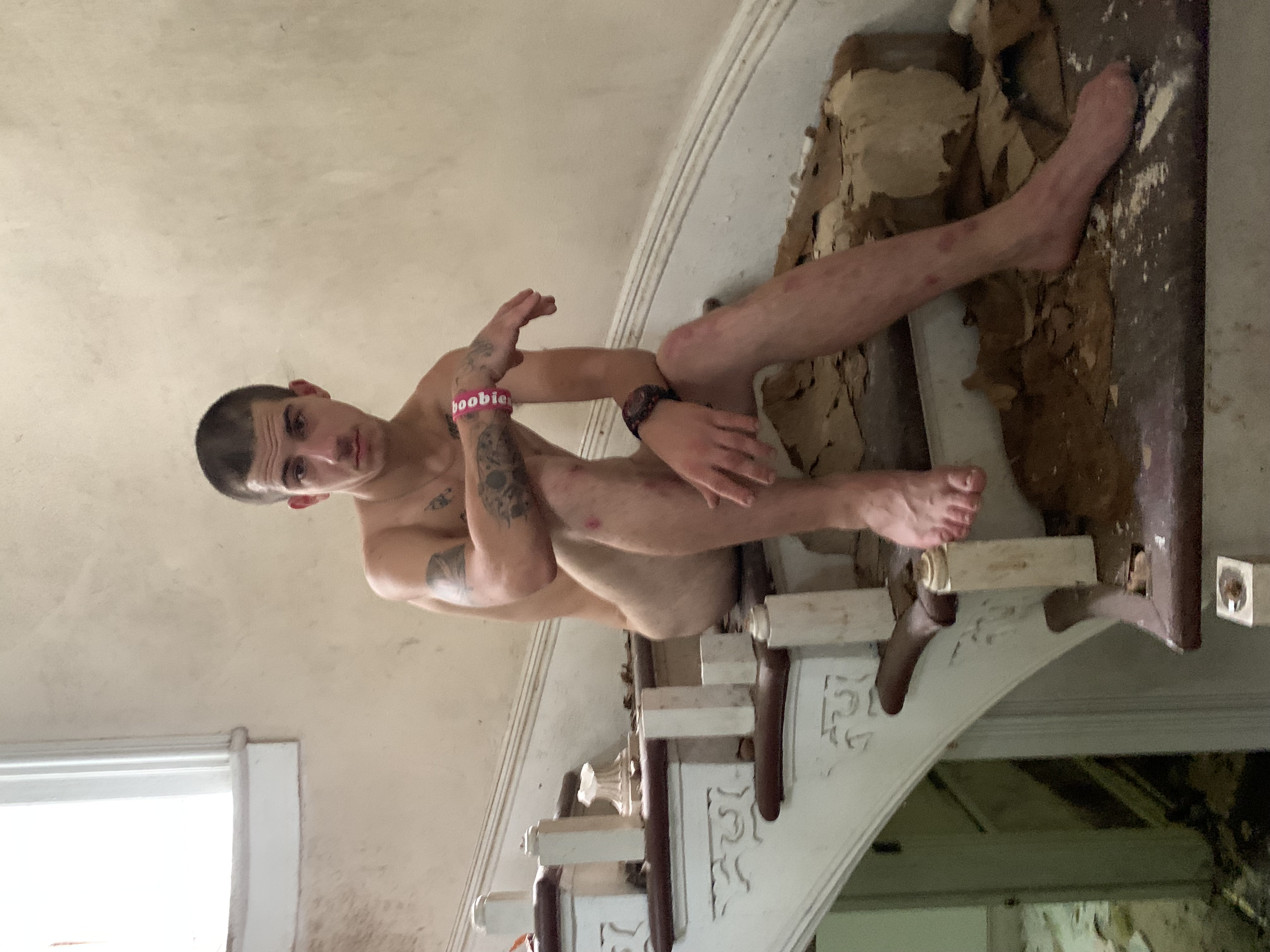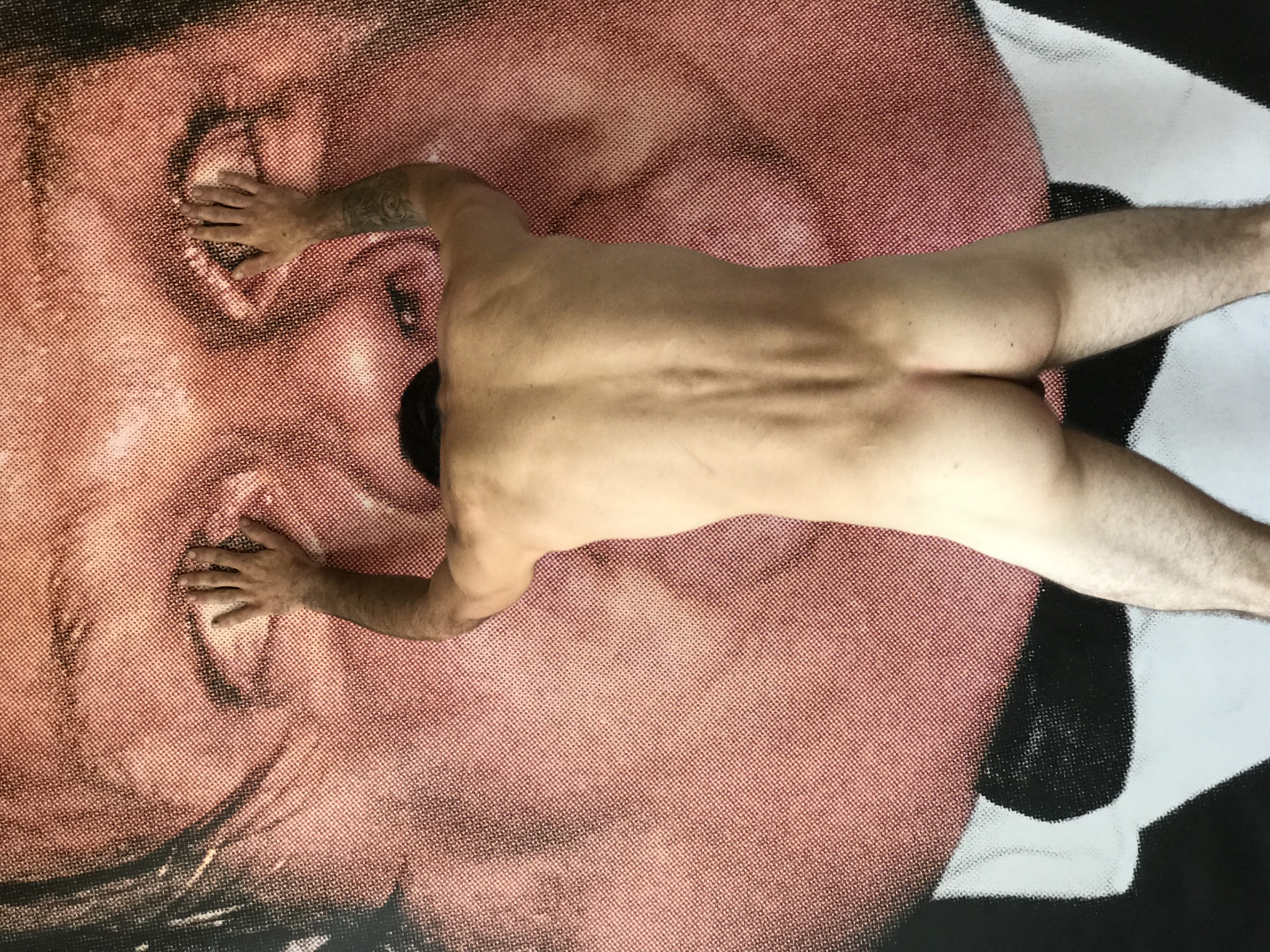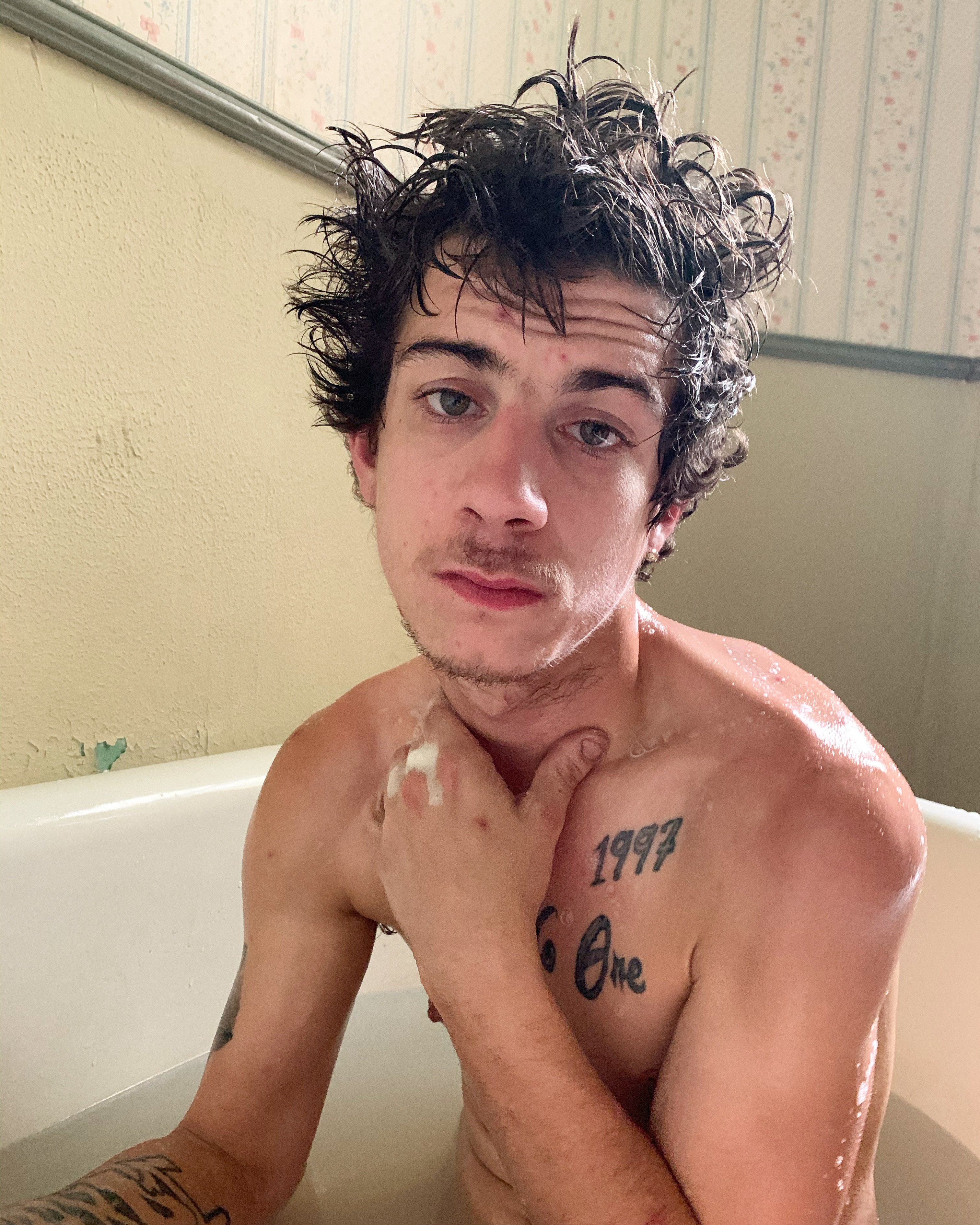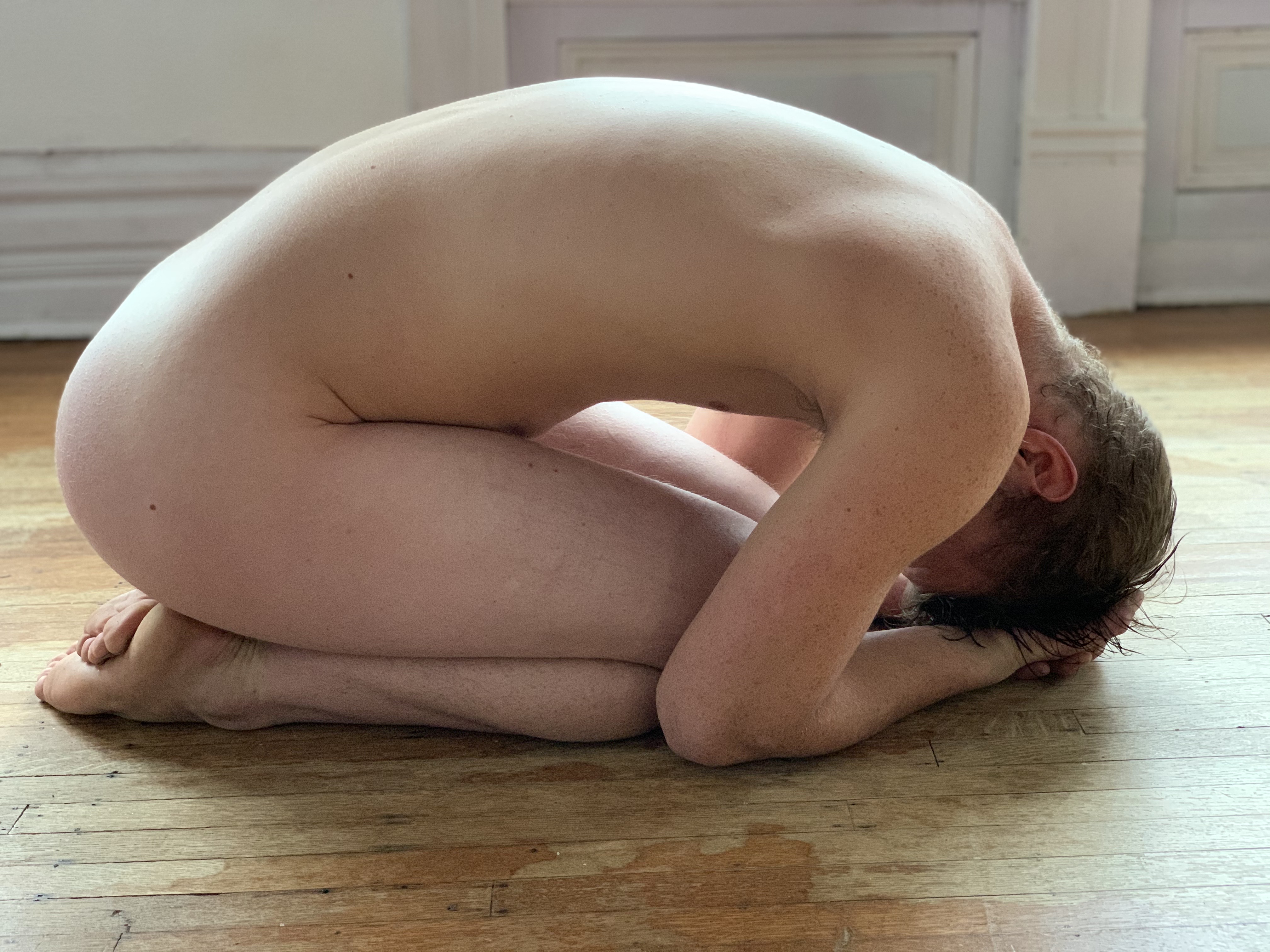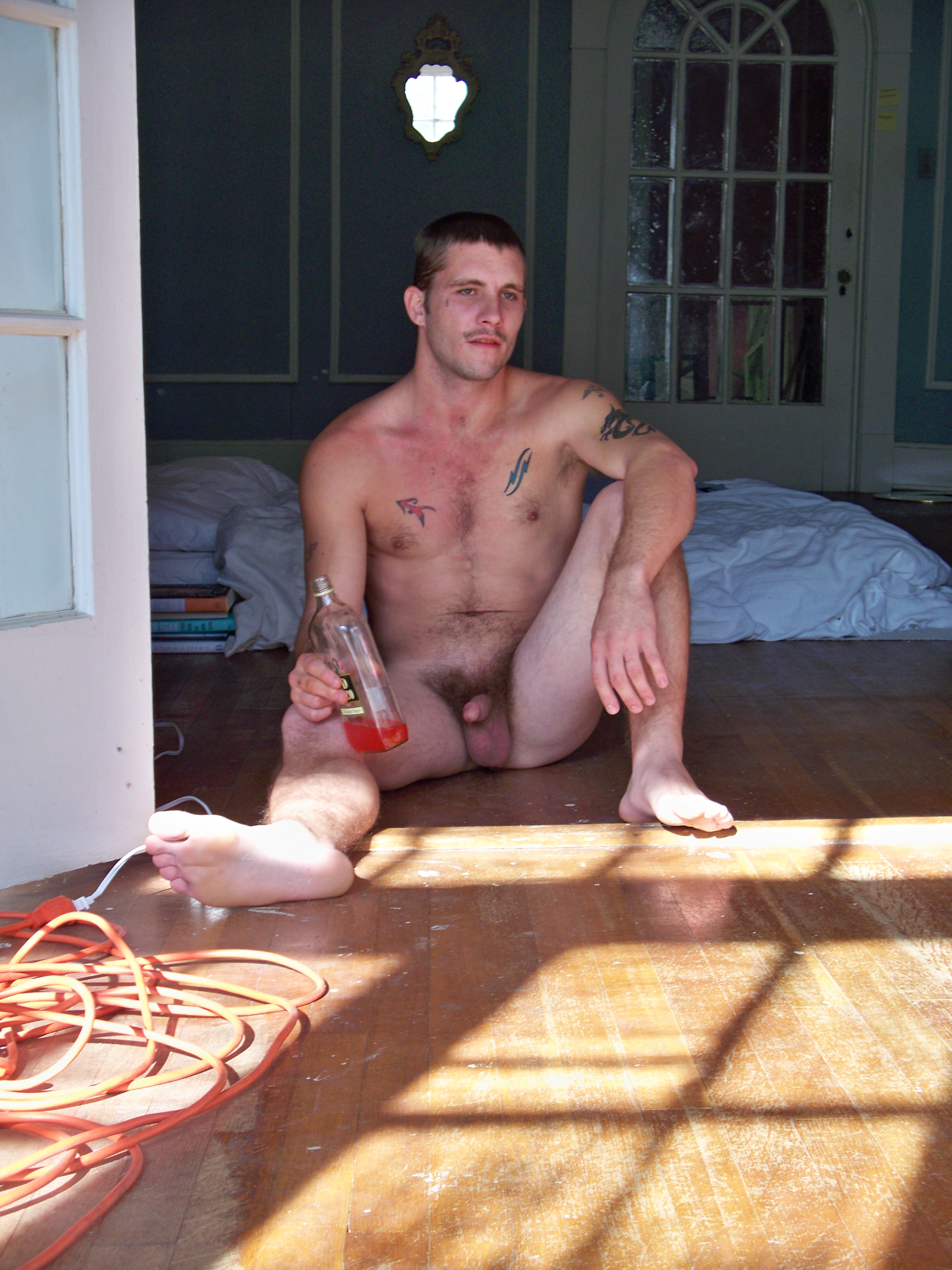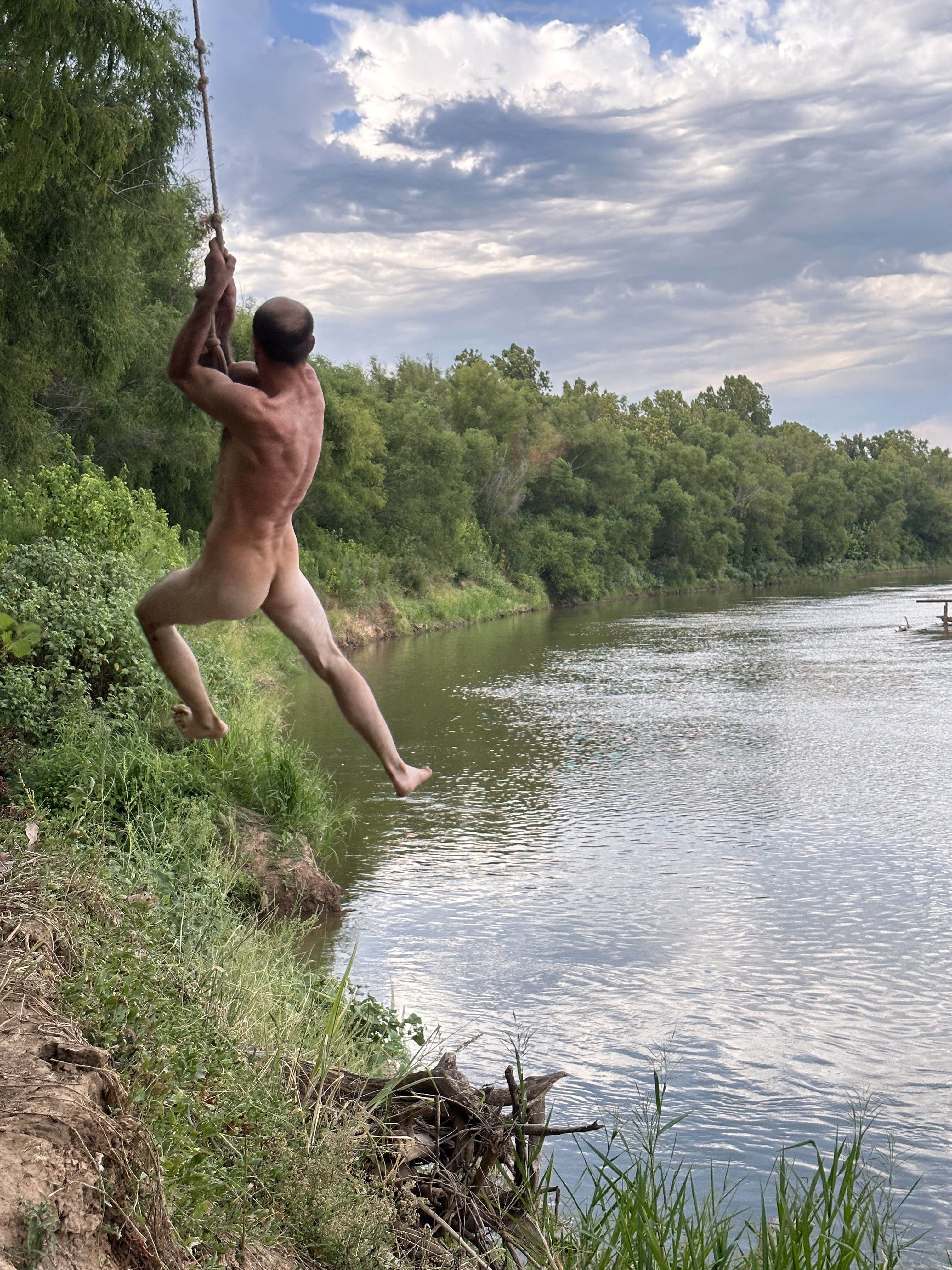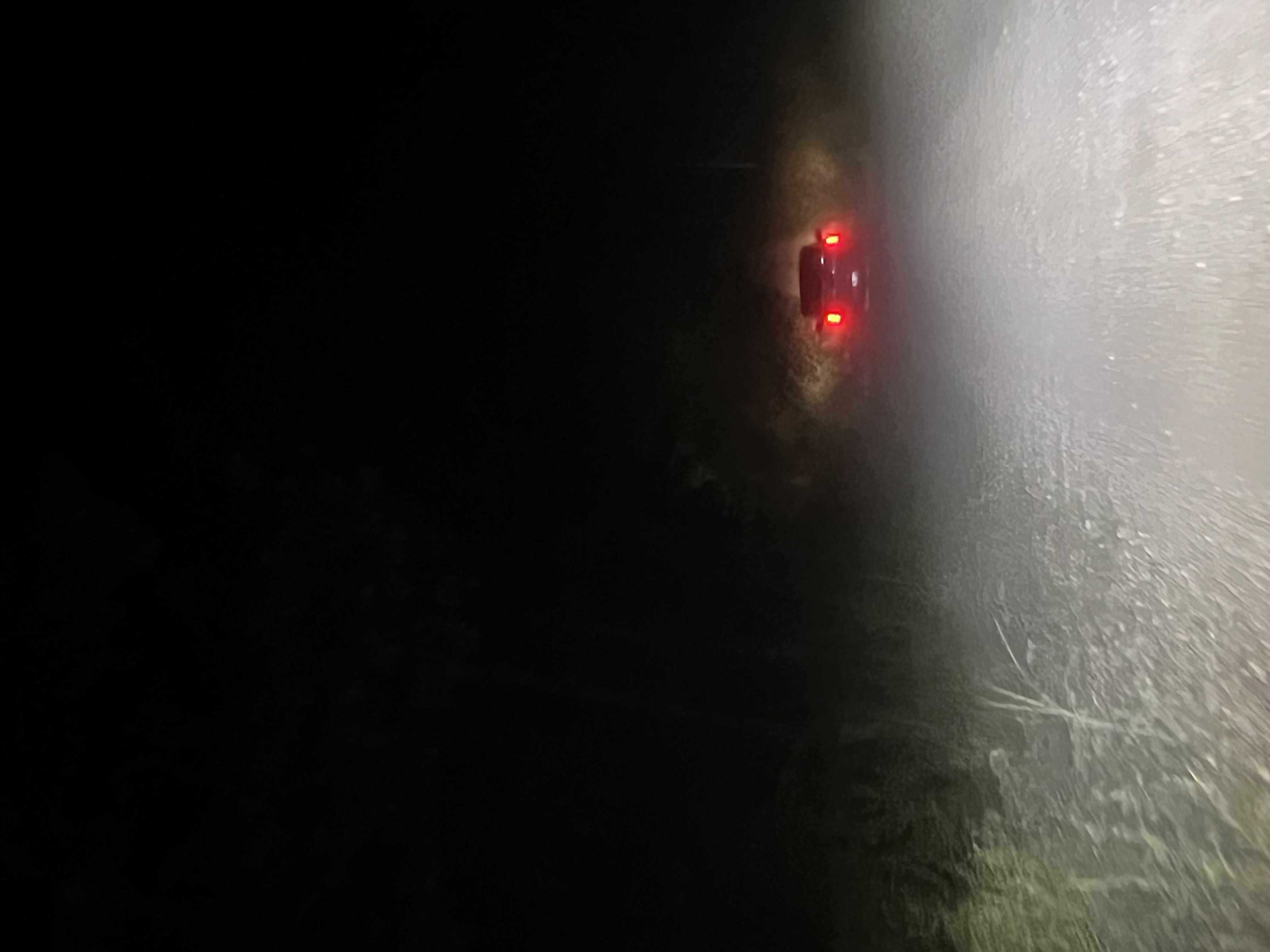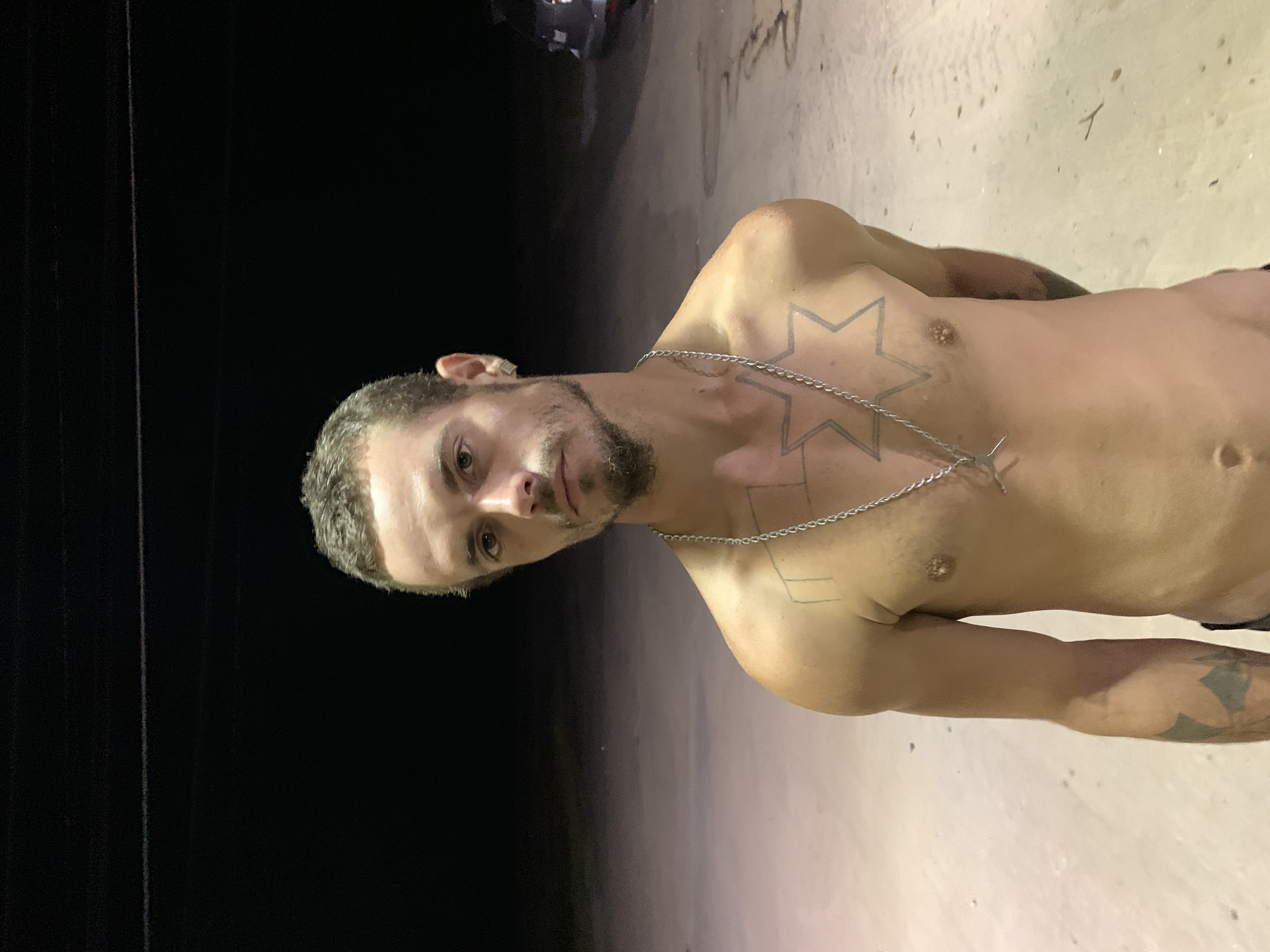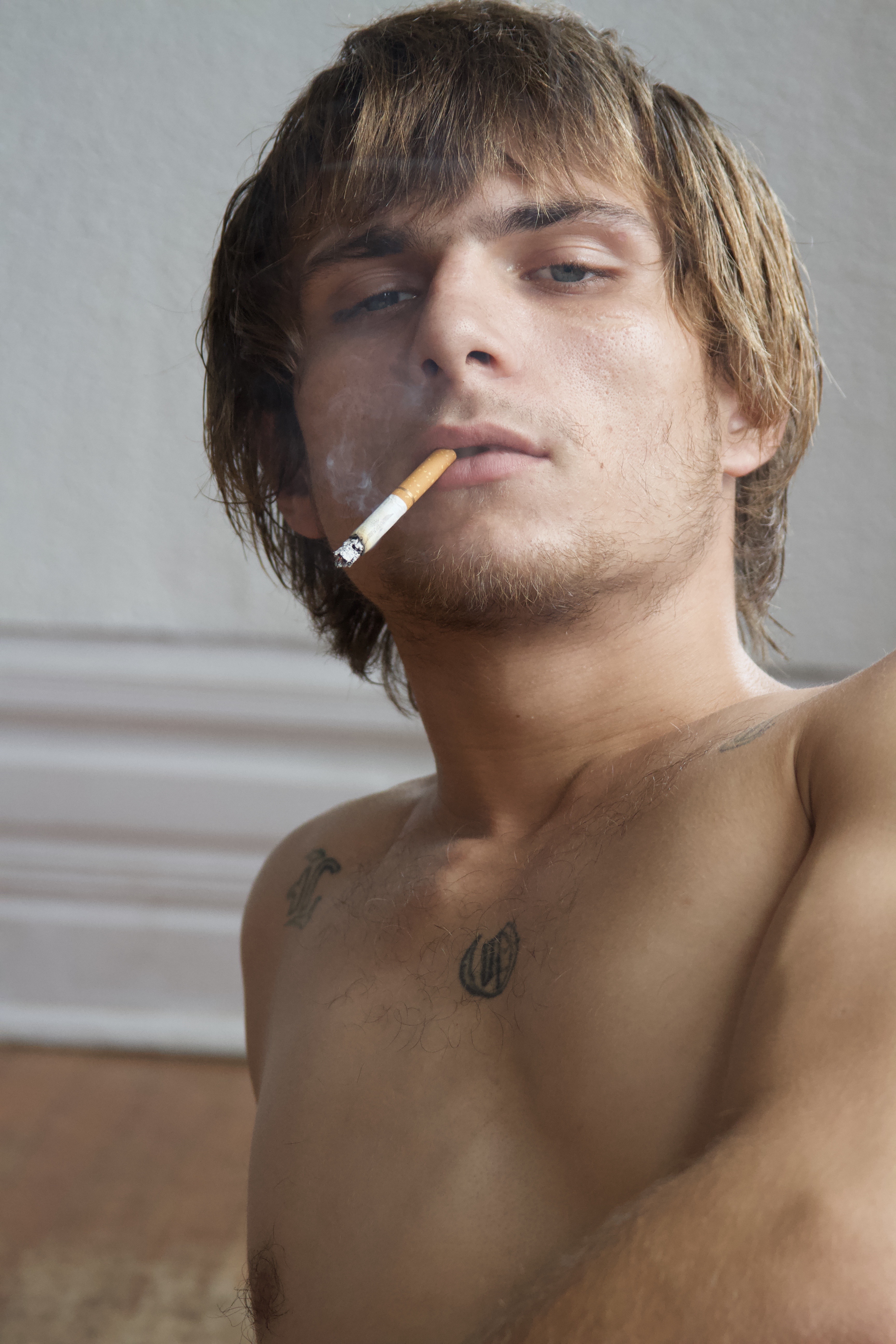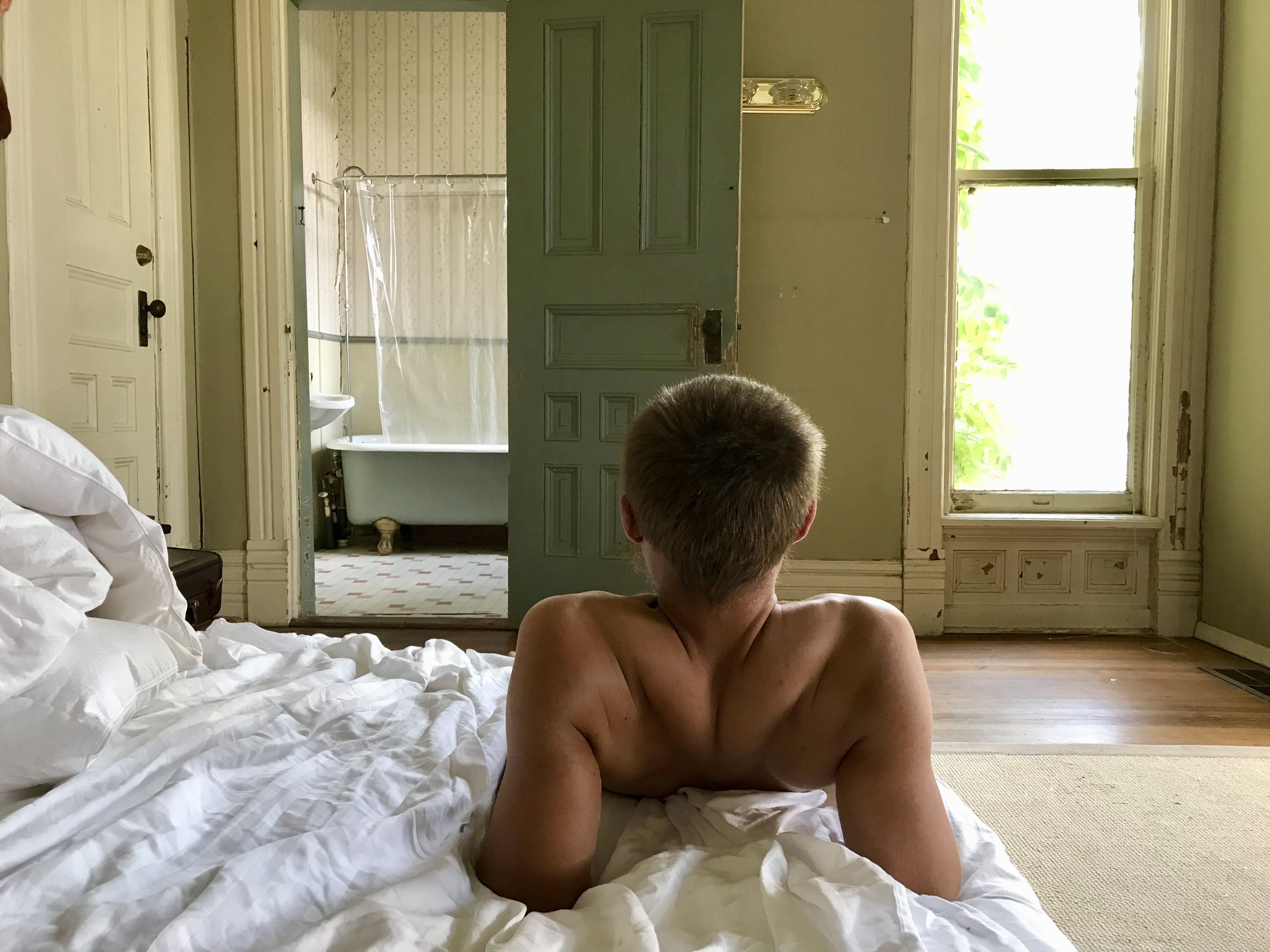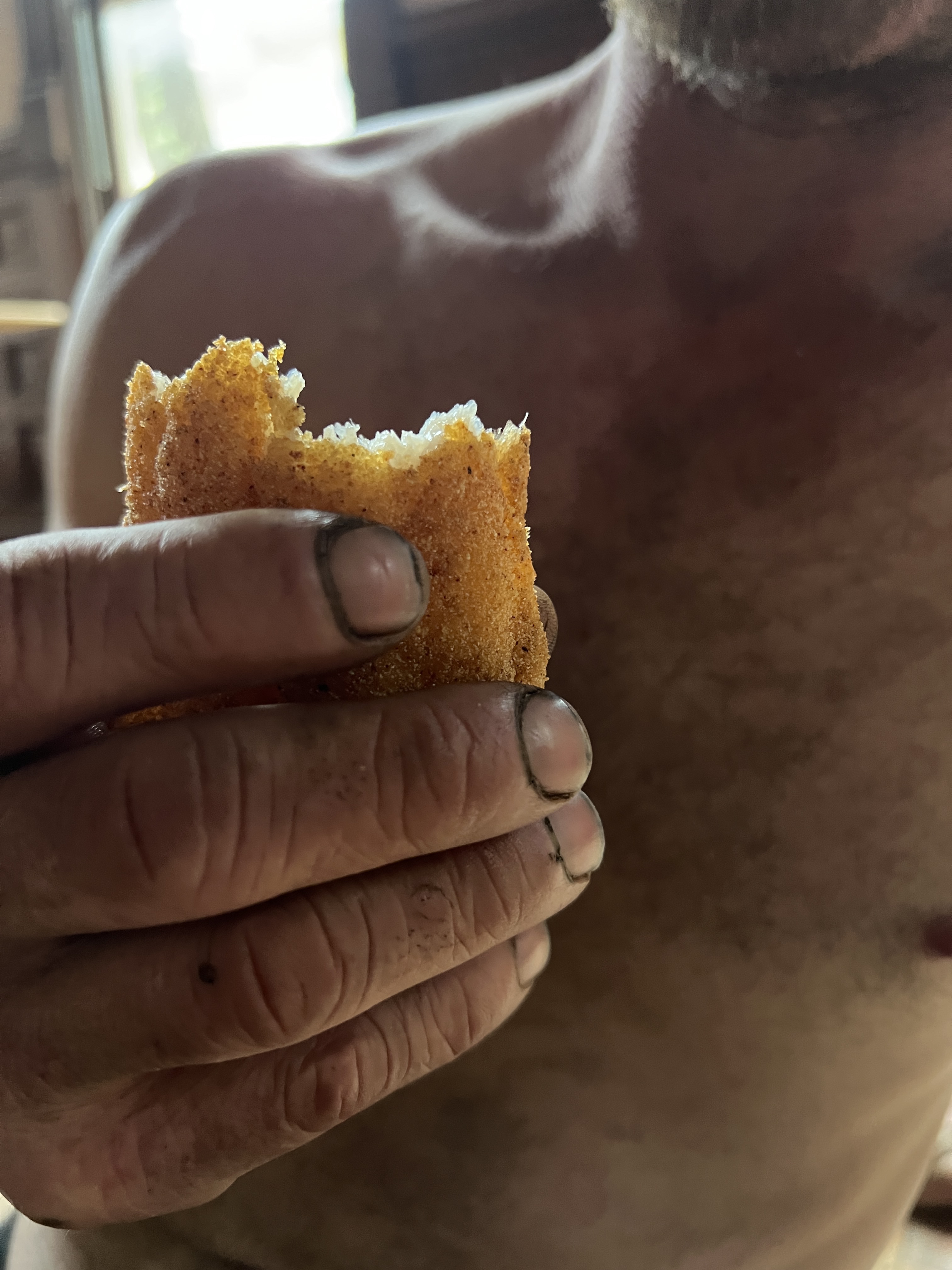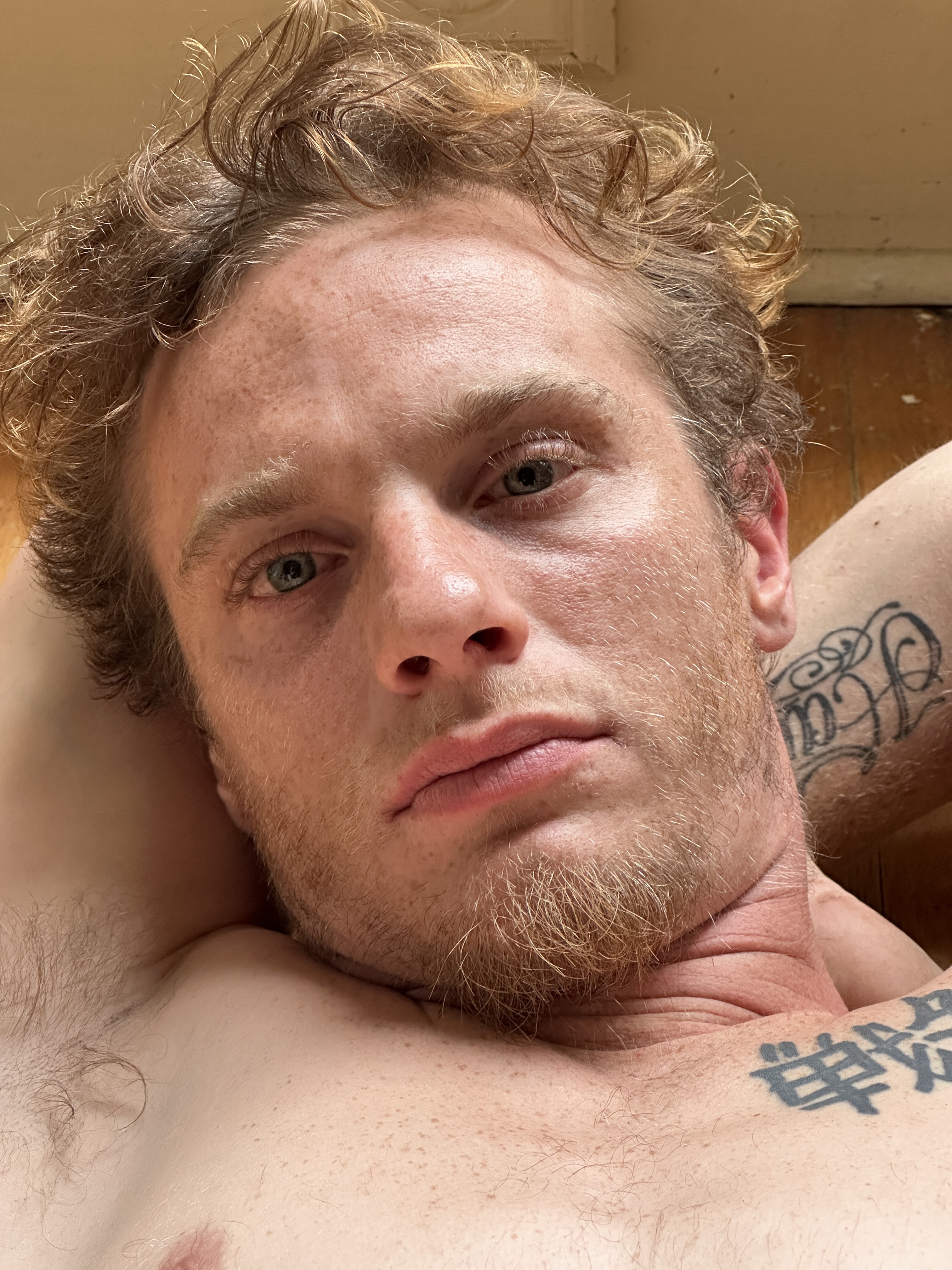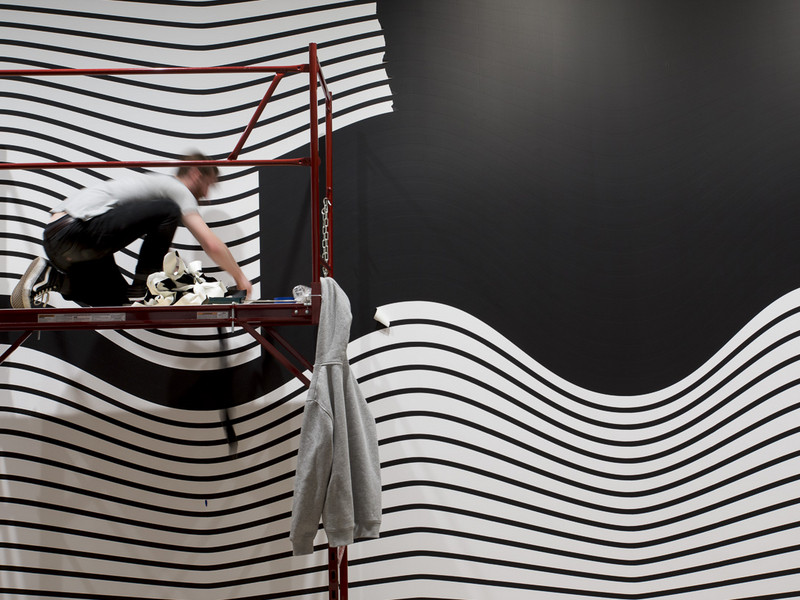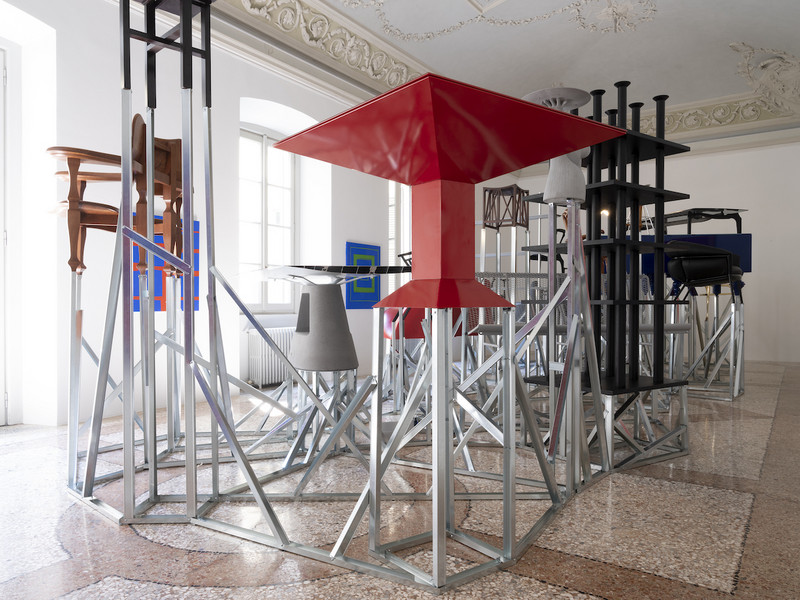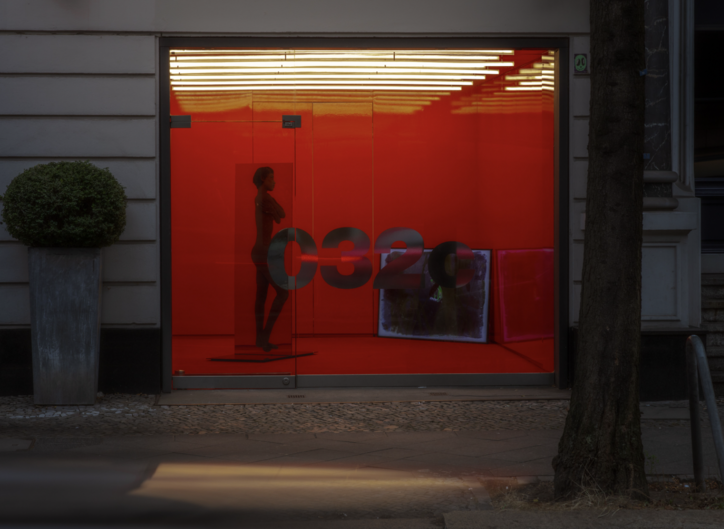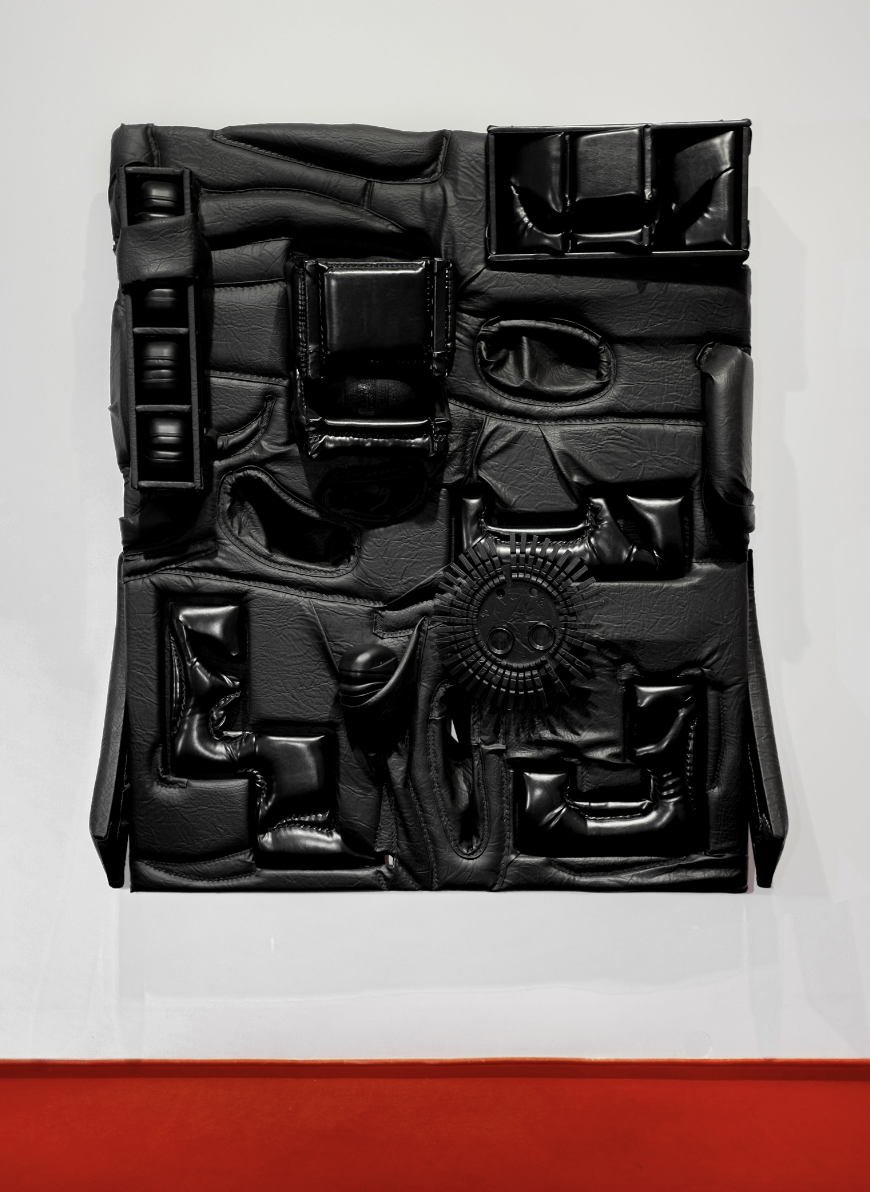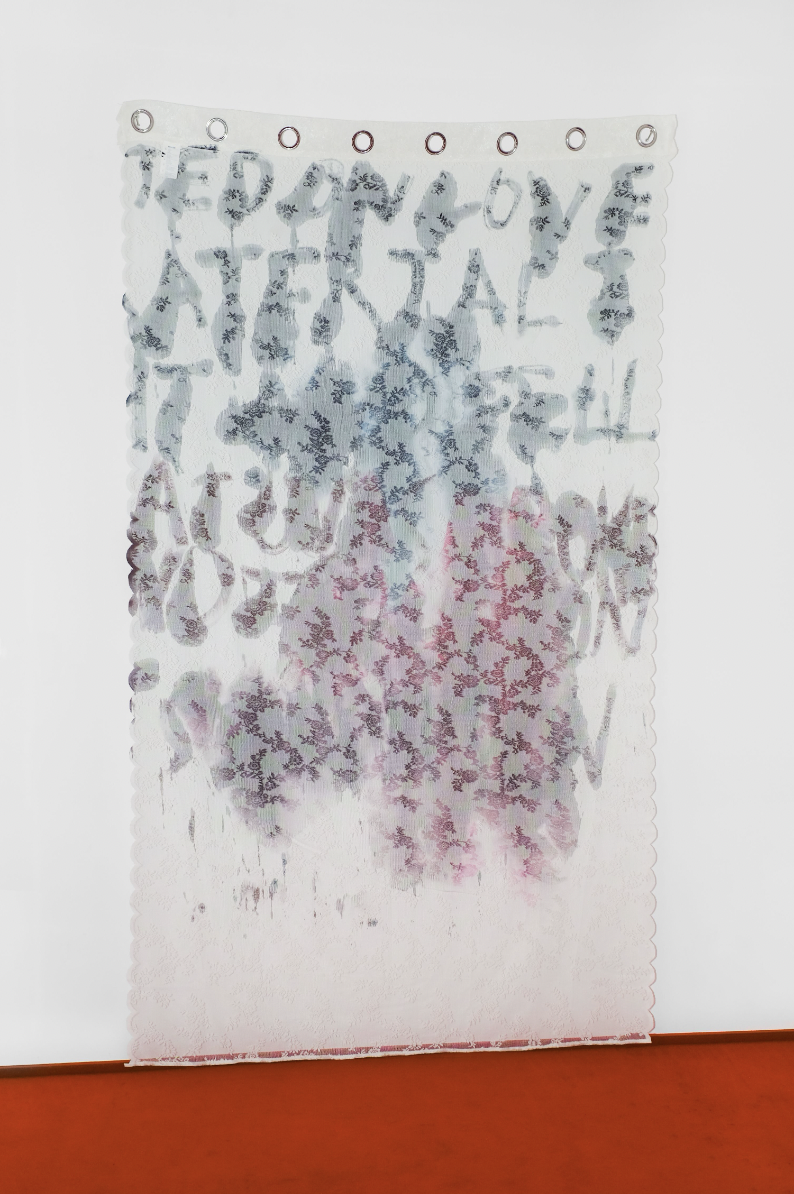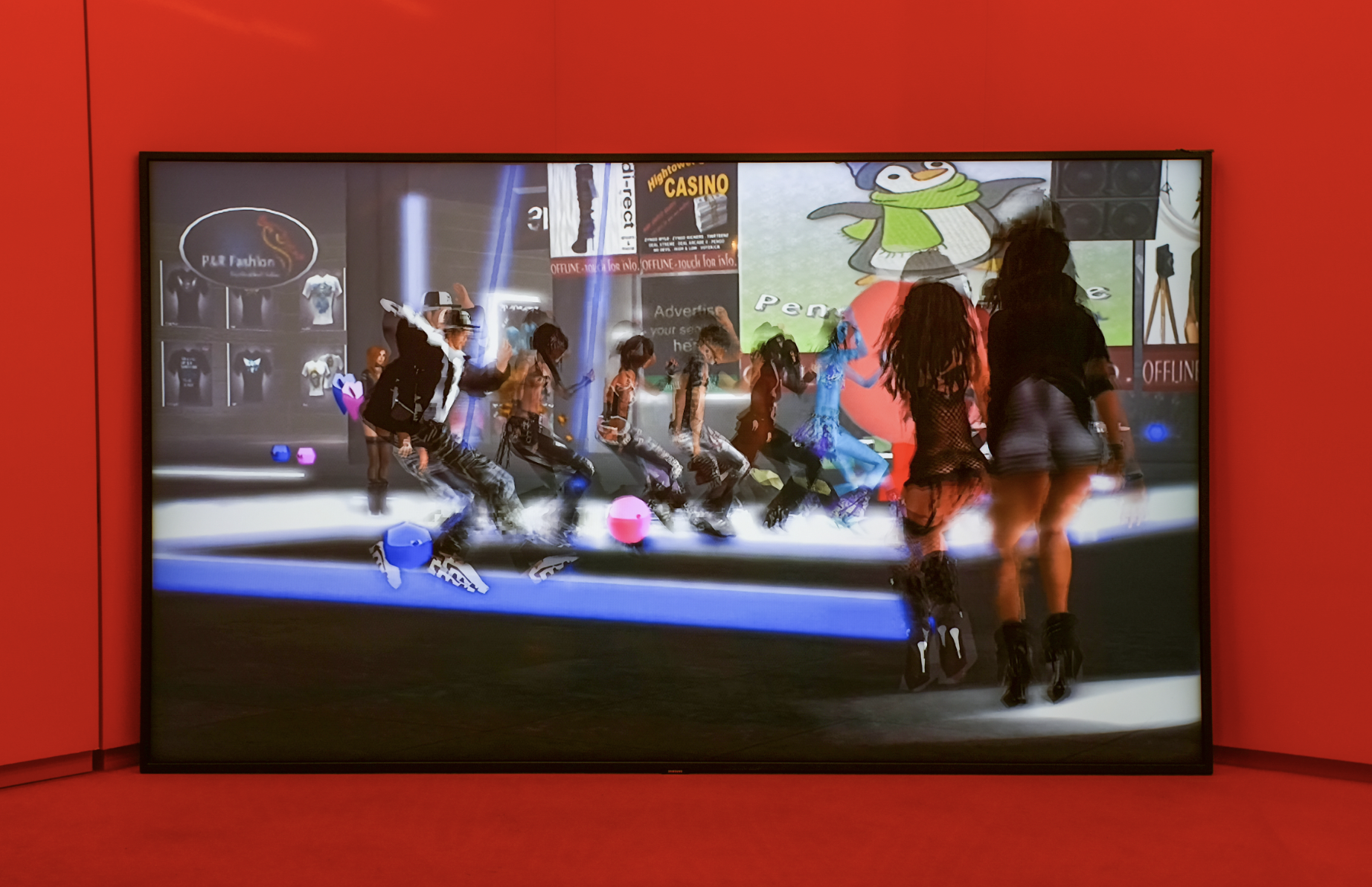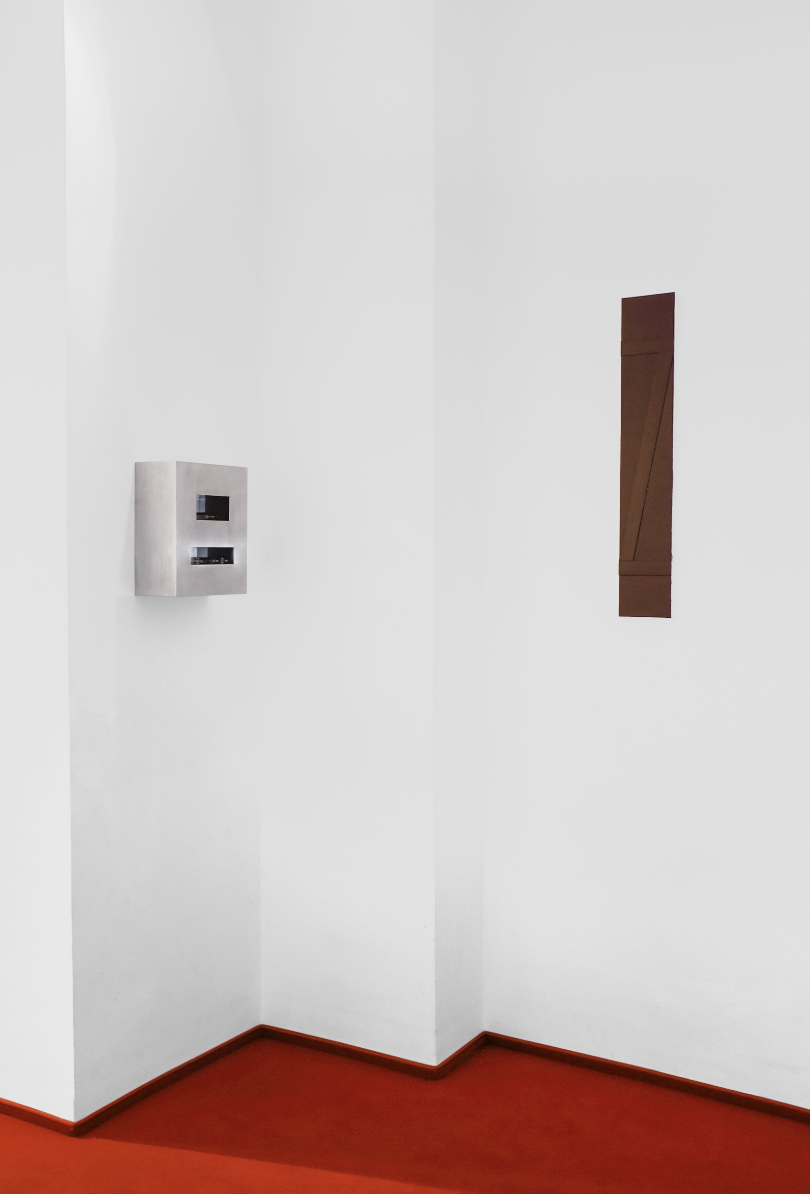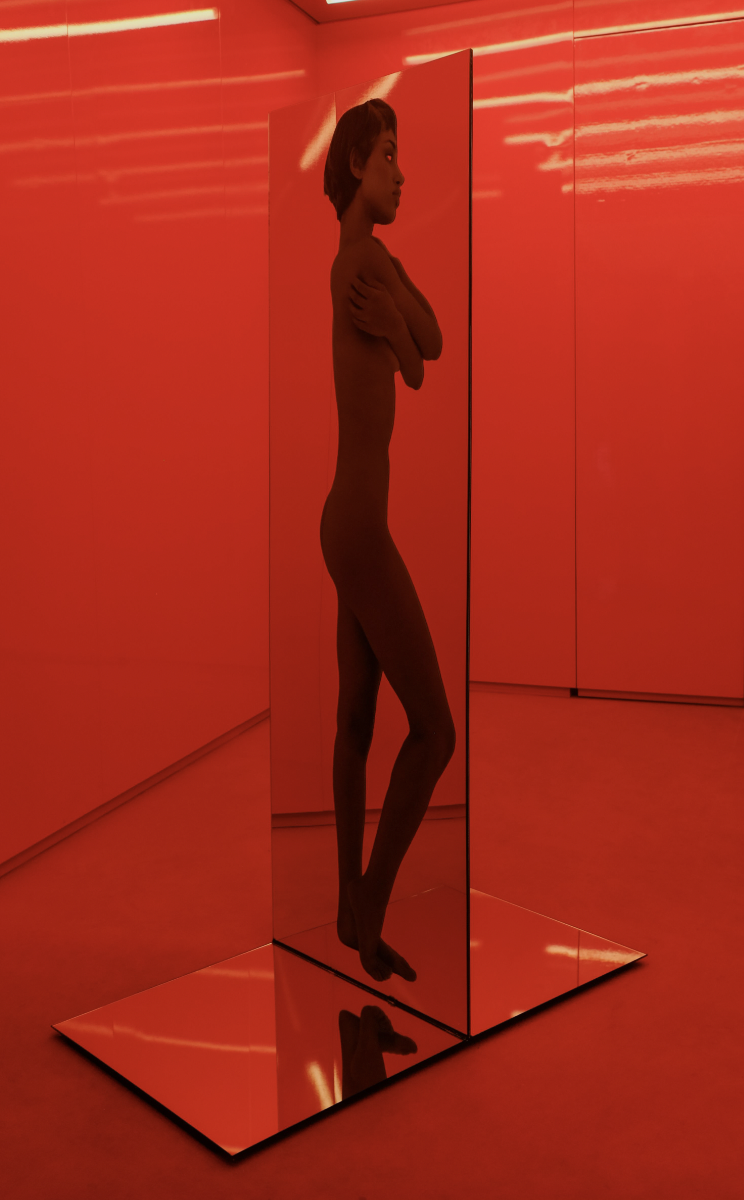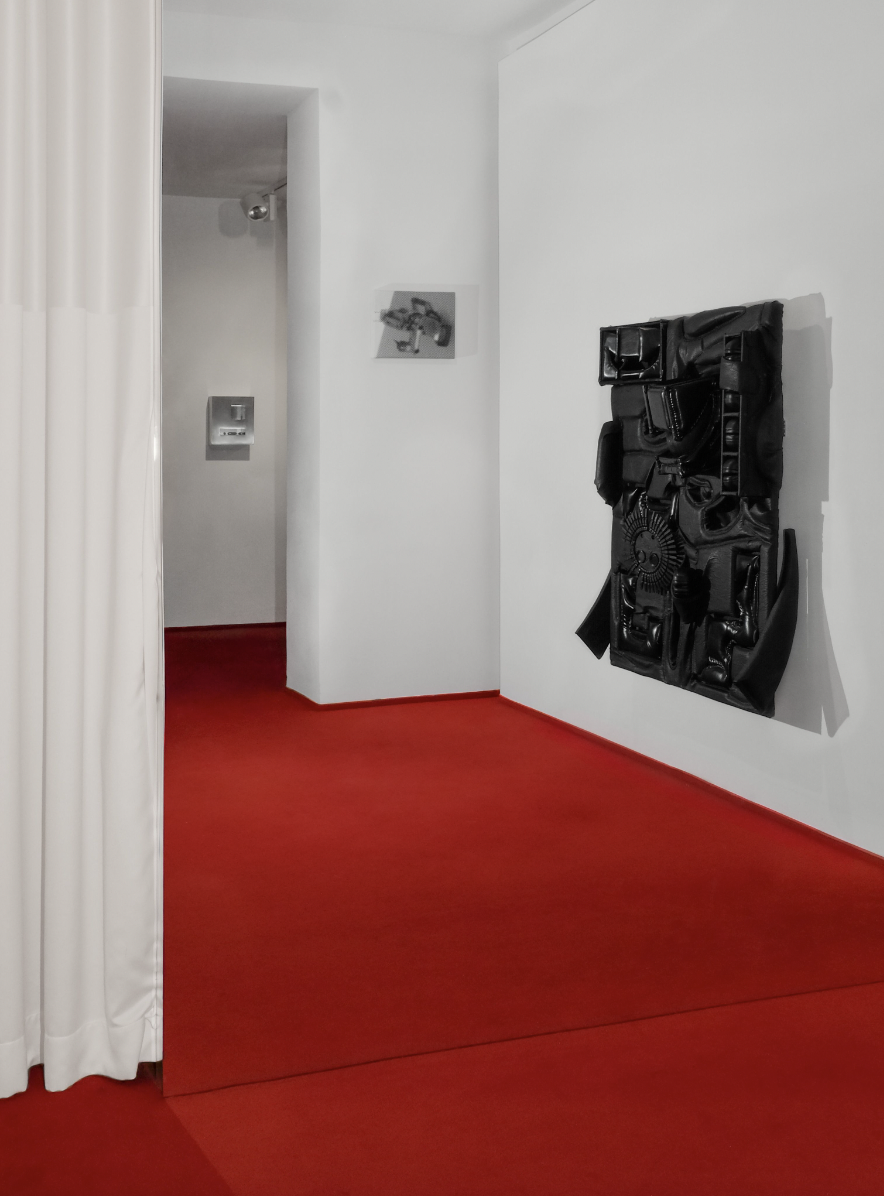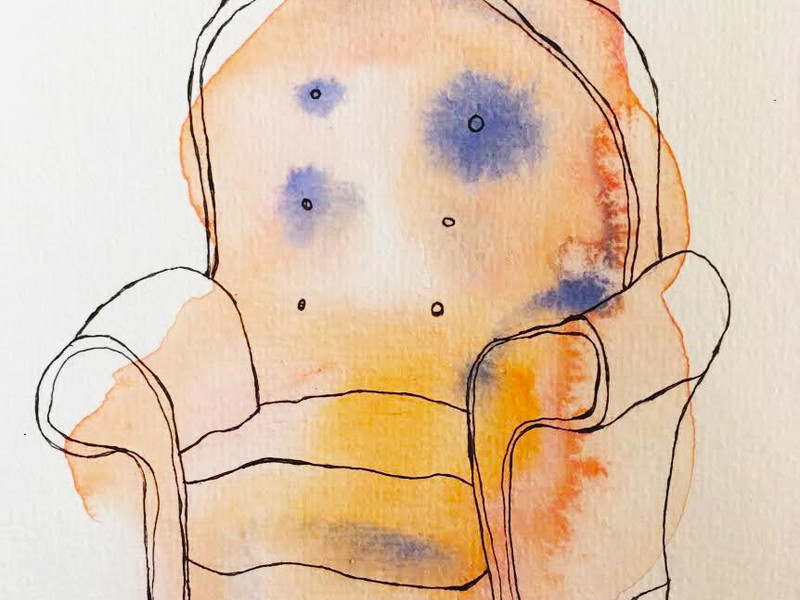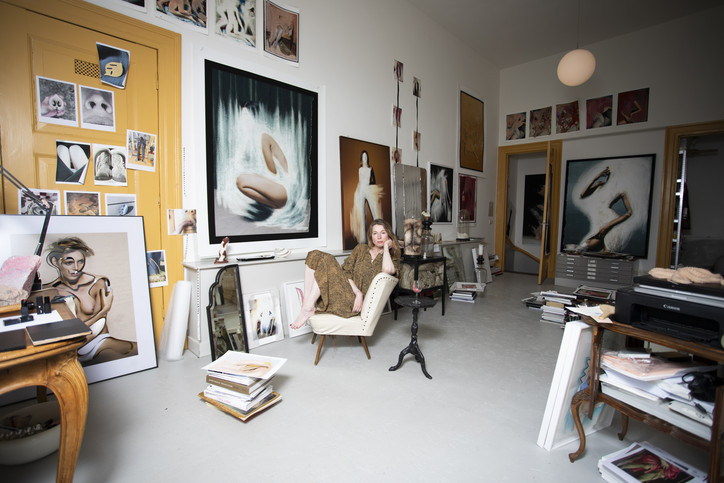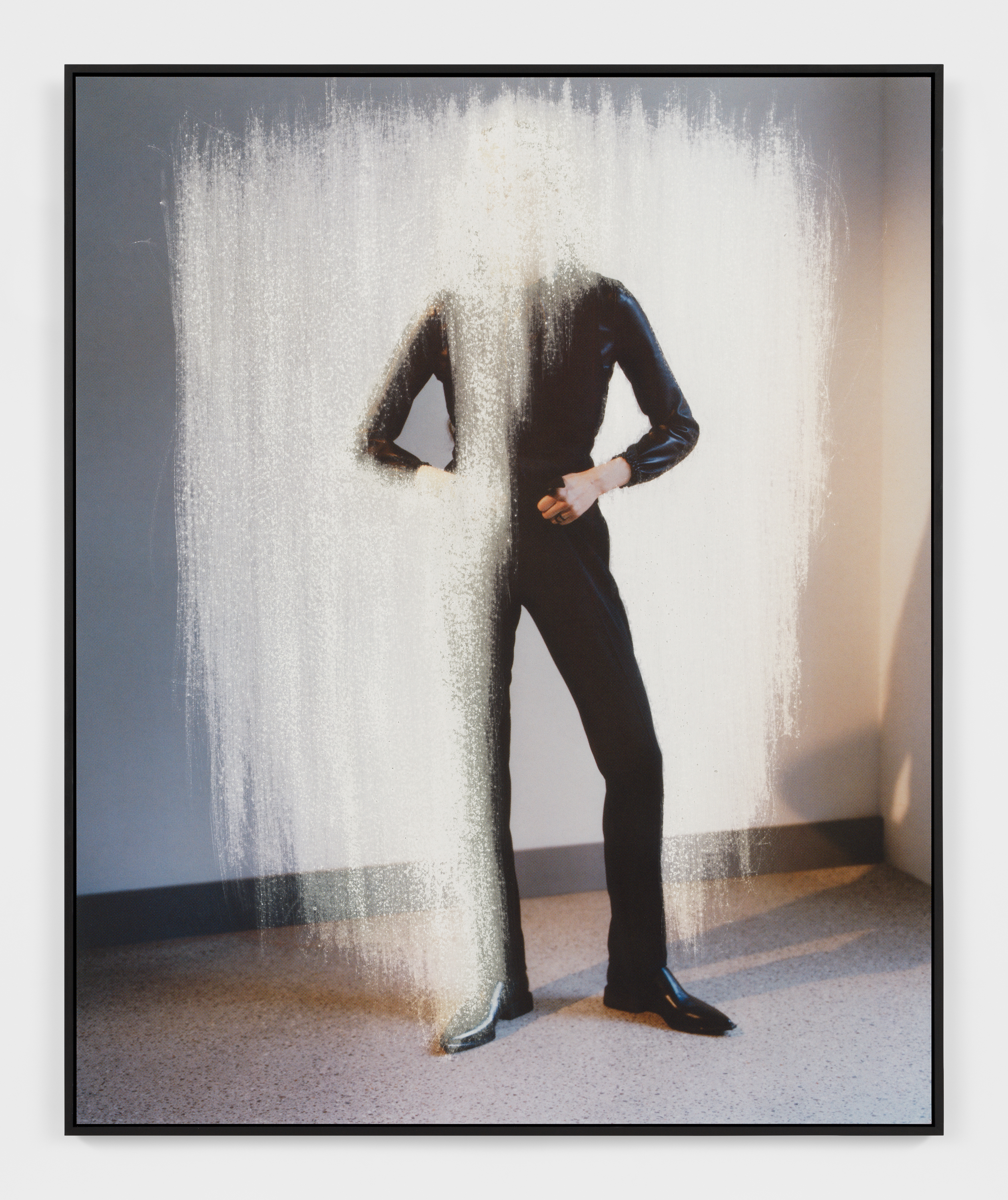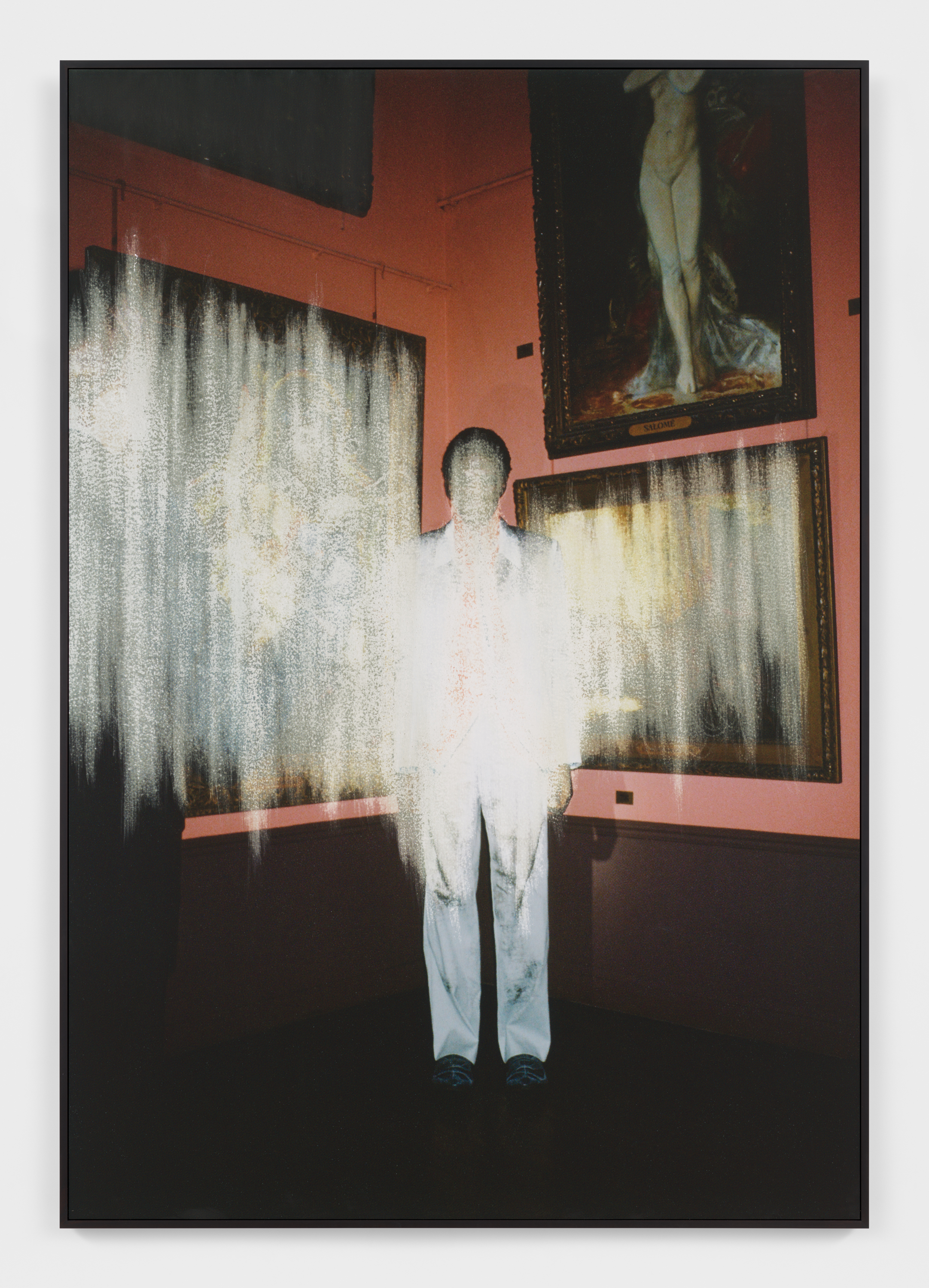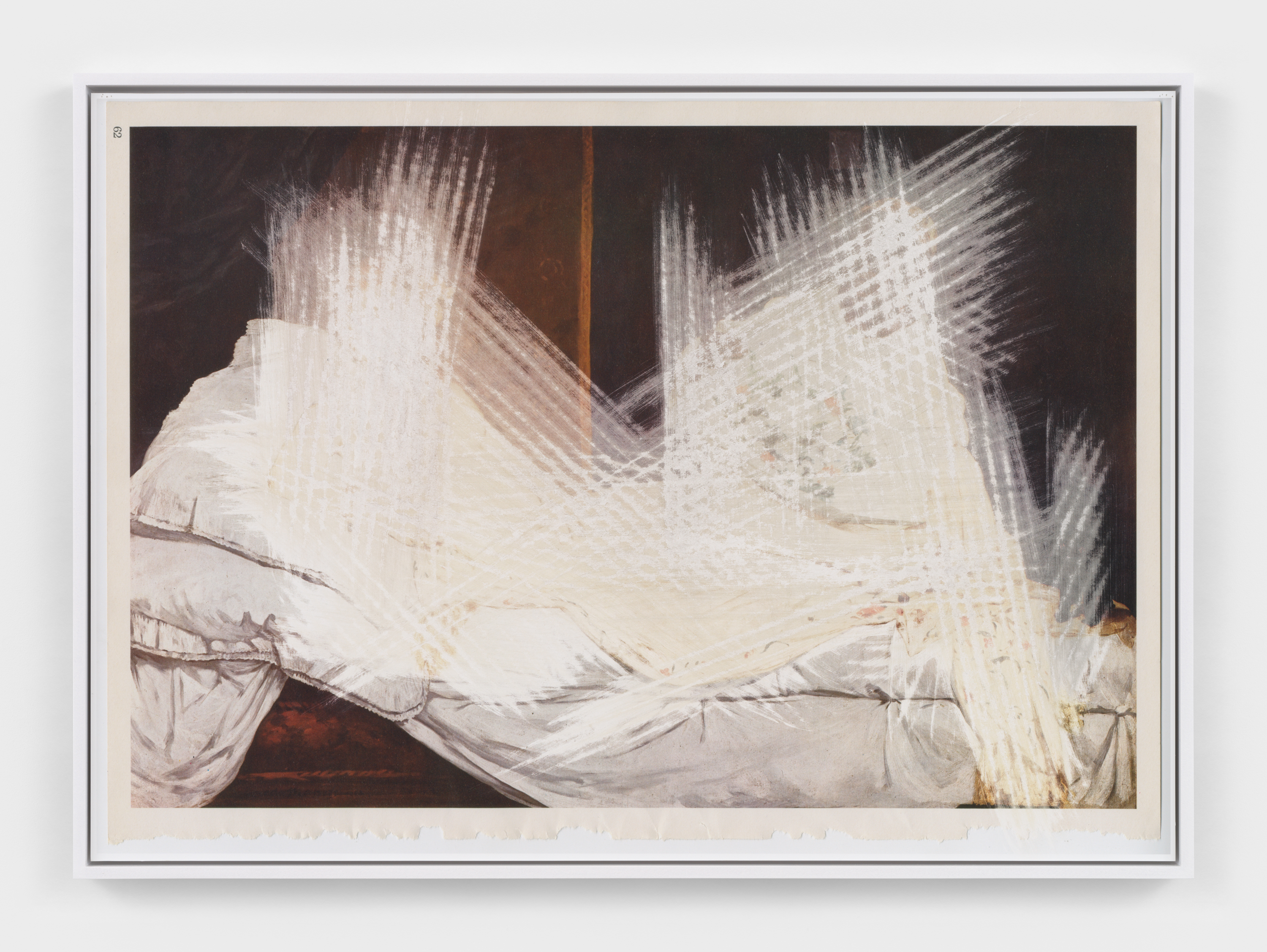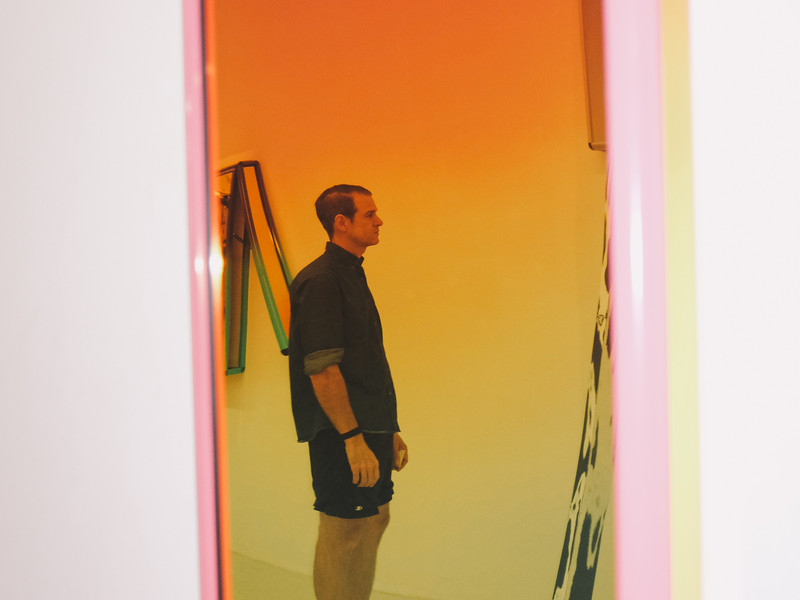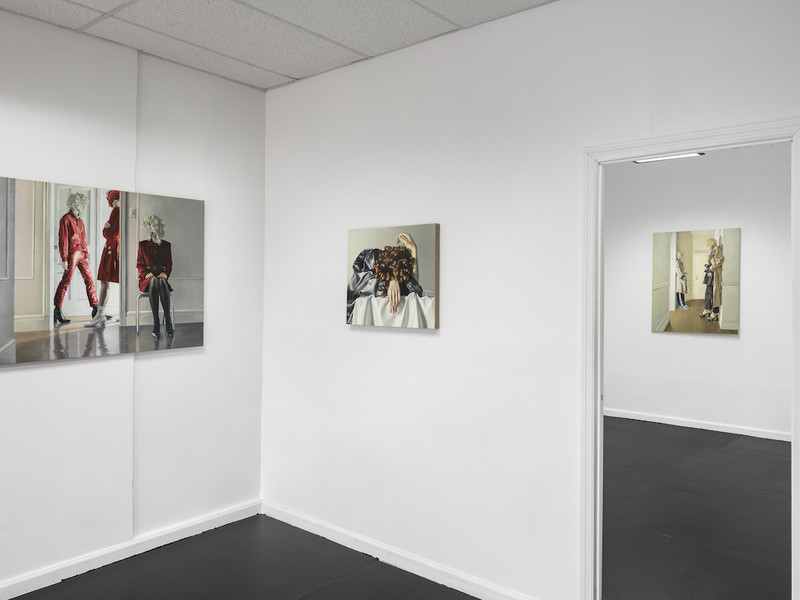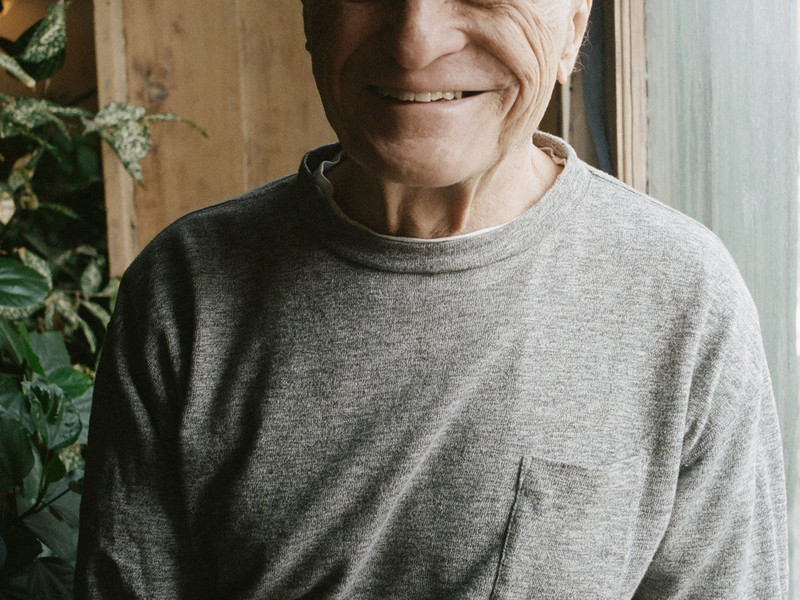Exploring the In-Between
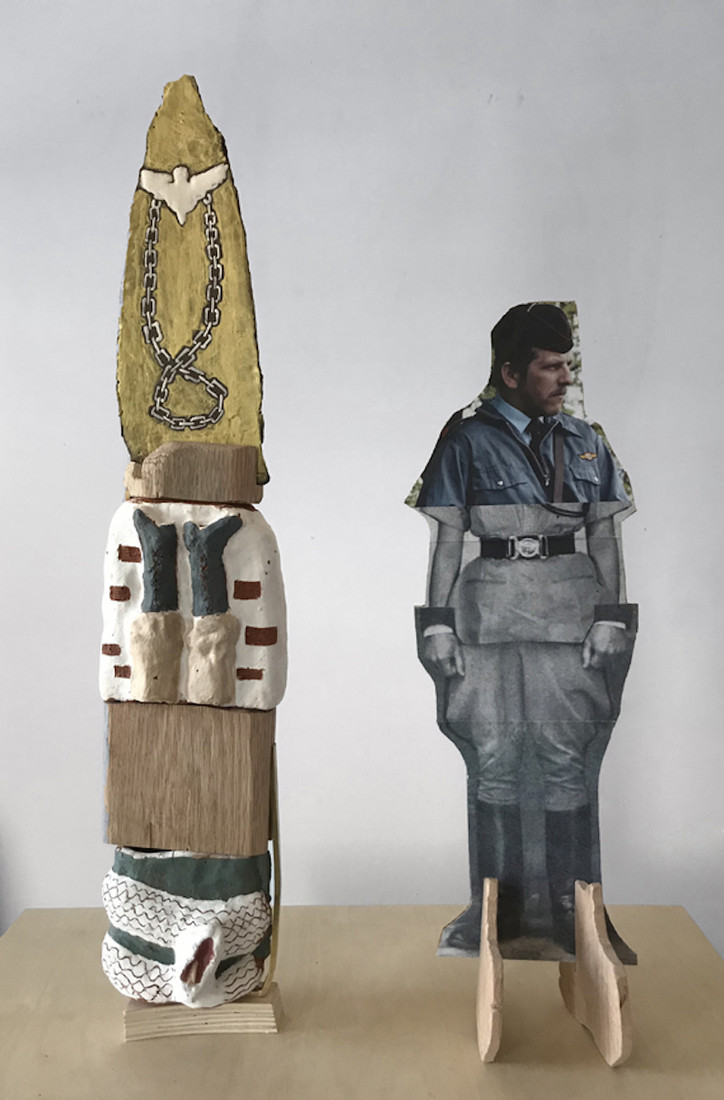
How did you come to start this project? And why?
It’s sort of an extension of work. My work just continues and then it lands in places as groups of things. I’m always making drawings, photography is often involved and there’s always a combination of 2D and 3D work as far as the form things take. And the content is almost always from an American position; like taking into account that I am an American, male, gay, artist from the south and how that can be problematic. But it’s a given, you know? It’s not something that I can change, the way I view the world outside. So all of those are in the work. The imagery gets separated out from the more narrative, allegorical impulse of the drawing, which set a tone for these sculptures that end up being kind of totemic, like totems, like stacked symbols. It’s the gaps between the things are what I’m excited about, and the connections you might make between the images that are evoked or the narrative that’s evoked rather than any fixed description.
A lot of your pieces are fragmented, and you also use different mediums, do you think those were separate decisions or did you set out to do that?
Well it helps. It’s sort of like editing a film. You edit different narrative clips together; the different materials create broader gaps. Everything here feels really cohesive. In the past, I’ve shown really slick photographs with sort of wobbly ceramic vessels in front of them, so there’s a bigger material gap. But everything here has the same kind of tone, or delicacy.
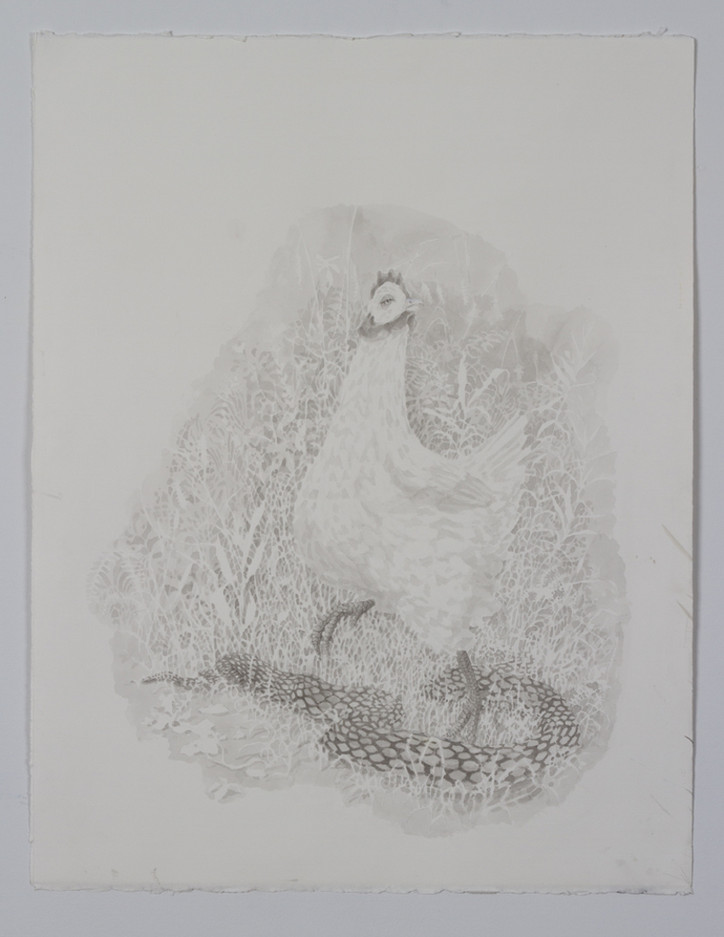
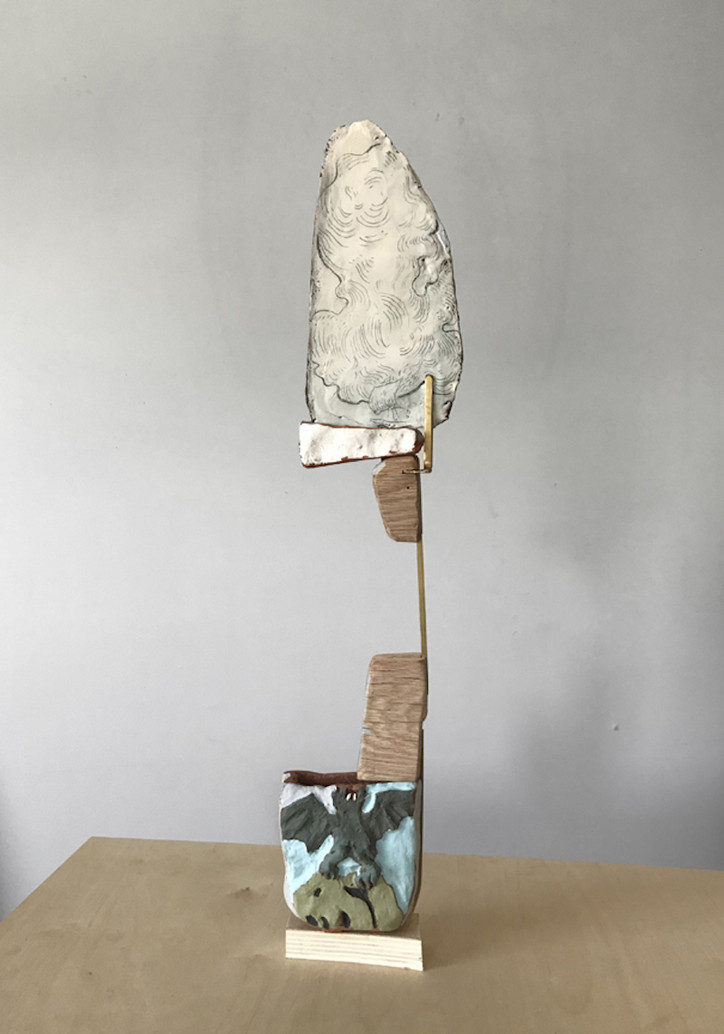
How do culture and history and sexuality play into this project?
They’re all part of being, you know? I do psychoanalysis four times a week so everything is about following an instinct and knowing it has to do with part of your fabric and why you’re moving around. And I think my curiosity is in the complicated, unresolved parts. For instance, where sexual desire could be politically problematic because it’s for someone who’s oppressive rather than a good guy. That kind of gets weird and muddy, you know? I mean, there’s so much here that, they’re just symbols. And the way I’m using imagery is really symbolic.
You based a lot around the idea of the Policeman and pocketknives, why did you do that?
Well the pocketknife is something I’ve collected since I was really young, so it’s sort of an image that taps back to the formation of consciousness, like age 5. But it’s also this thing that feels very American. It can be seen as a threatening weapon, but it’s also a tool firsthand, it’s a tool you have a really personal relationship with. It’s in your pocket, you use it to eat fruit, you use it to make other tools. The blades are made from clay that was purchased, the body, the red clay, is dug from a pit. And they’re sort of wobbly and maybe sort of artifact found, and they become something else. So the symbol of the knife seemed like it pointed to all the things that are part of what builds up the work. I always go to the Mid Manhattan Picture Collection. It’s in the public library, the Bryant Park branch. It’s basically analog Google Image search. They’re all photographs that librarians have cut out and pasted on a page. There are five files of policemen from every country and it’s the same reason I’m using cowboys, it’s the same problem of objectifying sort of oppressive male masculinity, but it’s also sort of just considered sexy, and using that in a way that sort of questions it. I set up a game for myself to play with these images and make new forms.
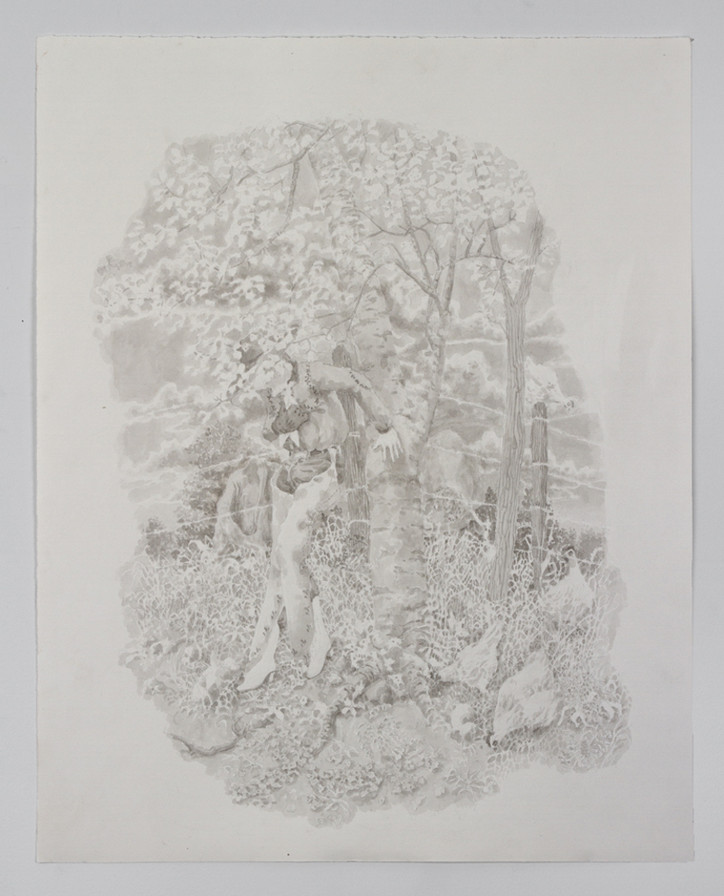

What’s your work process from concept to final product?
The research is the doing. The research is not so much the reading and the thinking, but it’s the doing, it’s happening while I’m doing it, and then deciding when it’s at a stopping place.
Do you have a goal for the finished product?
The goal would be that it sort of be an in-between, there’s enough open space in it for it to still be curious. Trying not to over-render or over finish something. The part is always way more exciting than the whole, so trying to make something that’s whole but still wobbly.
Before, you mentioned gaps; can you expand on that a little more?
How is this narrative of a cowboy weeping connected to this sort of wobbly pocketknife, you know? I don’t know exactly other than I think about different things in between them. Like when I think of how [the cowboy] was drawn, his legs seem sort of insufficient to hold him up, in the same way the [pocketknife] is just sort of teetering. Maybe it’s a tool he once used or might have used. It’s a space for you to make your own connections that are definitely related to your subconscious.

Do you think that the viewer’s interpretation is what can connect it all or is that something you want to give the viewer?
I don’t think meaning can be made. I can’t make meaning with something but you can come and find meaning from something so there is a nuance in me setting up a space for meaning to be made. There are definitely omissions that happen and decisions that go into that is like a balance between giving you really strong connections and really subtle connections. I think the viewer’s interpretation is really important. Or, giving the viewer space to get there on their own is really important. It’s like the difference between watching a David Lynch film or a Hallmark movie.
Do you ever go back to a piece that’s been completed and work with it again?
I do. There are some drawings I’ve pulled out last year that I started collaging these other pocketknives on top of so they were started in 2009 but finished in 2017.
